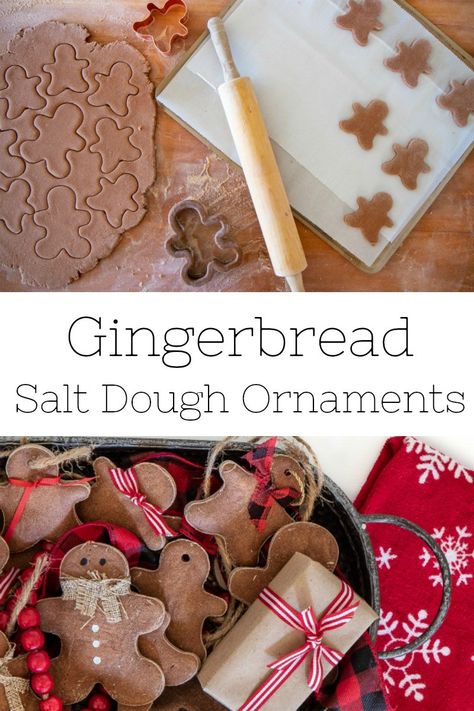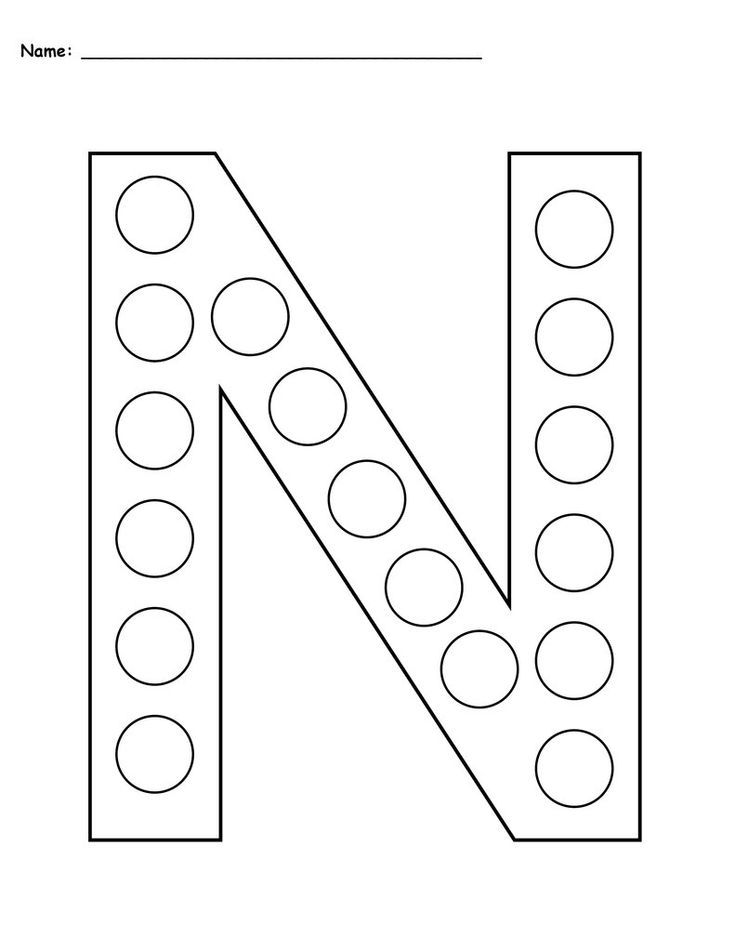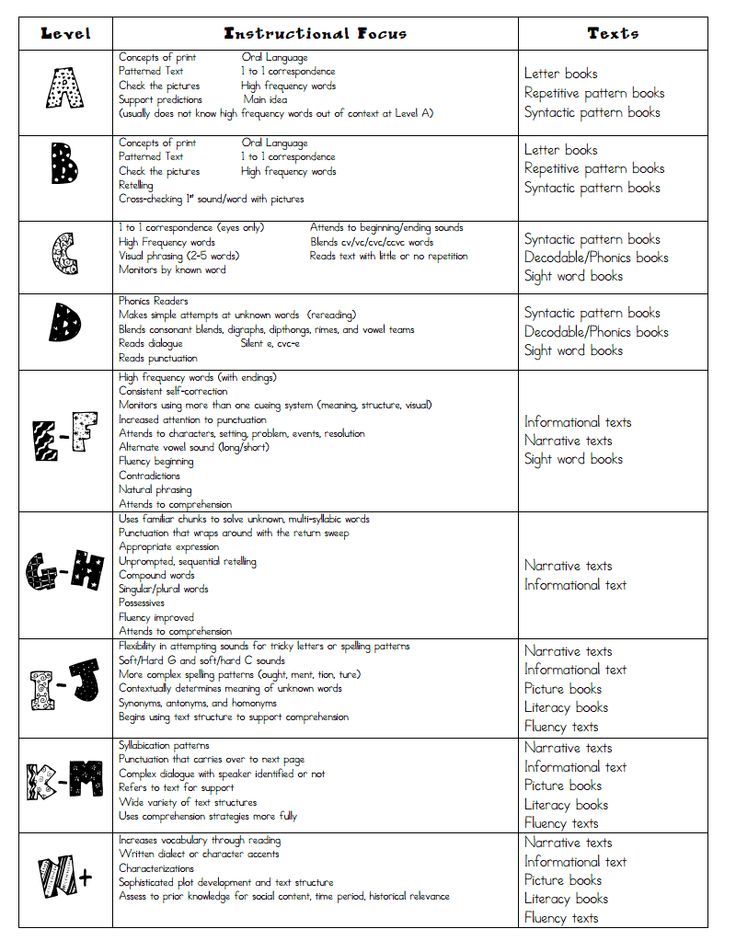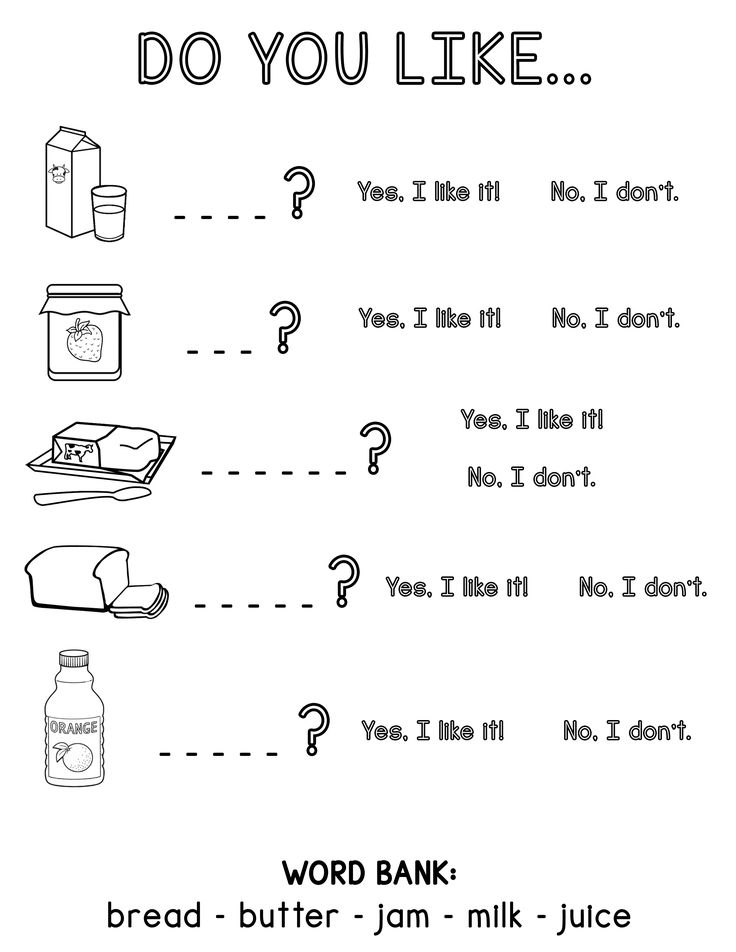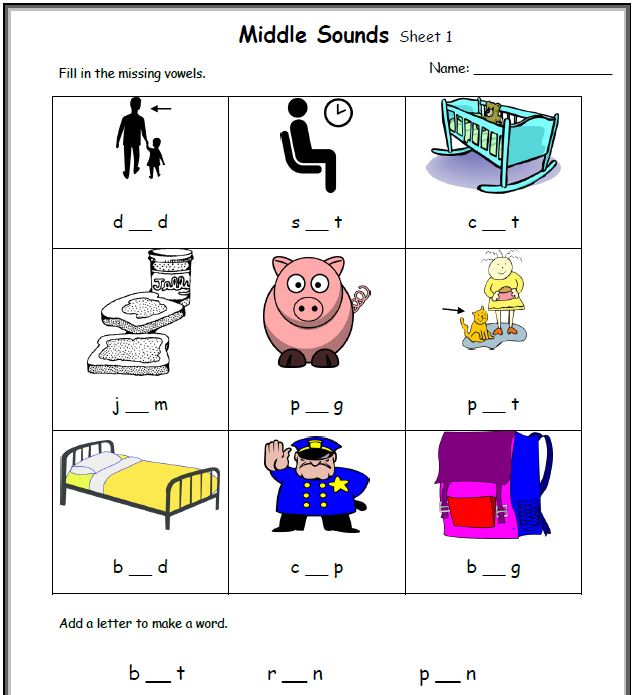Salt dough to make ornaments
The Best Salt Dough (for Ornaments and Crafting!) to Make with the Kids
Learn how to make classic salt dough with the kids, with baking, painting, and storage info. This method is straight forward, easy, and thorough—and they a perfect kids holiday gift for grandparents, teachers, and loved ones!
Salt Dough
This salt dough is a staple of childhood and I love doing this Christmas activity with my kids each year—and throughout the rest of the year too! We love to make salt dough handprints, ornaments, and sometimes, just any old shape they want to. It’s an easy project that we can do together—and then share as kid-made holiday gifts, keepsakes, or house decorations.
Salt Dough Recipe
Making salt dough at home is as easy as combining three pantry staples together into a dough. It’s fairly fool proof (as long as you follow the measurements!) and is a recipe that even little kids can help make.
Ingredients in Salt Dough
To make this recipe, you’ll need:
- table salt
- all-purpose flour
- water
TIP: That’s it! (I buy store brand, cheap flour for this since project to keep it very budget-friendly. )
How to Make Salt Dough Ornaments Step-by-Step
Here’s a look at how to make the dough for this salt dough. Scroll down to the bottom of the post for the full information.
- Measure out the flour and water. (photo 1)
- Add the water. (photo 2)
- Stir with a wooden spoon. (photo 3)
- Keep stirring until the dough is mostly together and is hard to stir any longer. (photo 4)
- Knead a few times with hands to bring the dough together. (photo 5)
- Place dough between two pieces of parchment paper and roll out. (photo 6)
TIP: You can divide the dough in sections so multiple kids can have their own dough to work with.
How to Cut Out, Bake and Decorate Salt Dough Ornaments
Once you start rolling, here’s a look at what will follow if you want to make these into ornaments. (Skip the hole poking if you want to just make these as shapes for the kids to paint.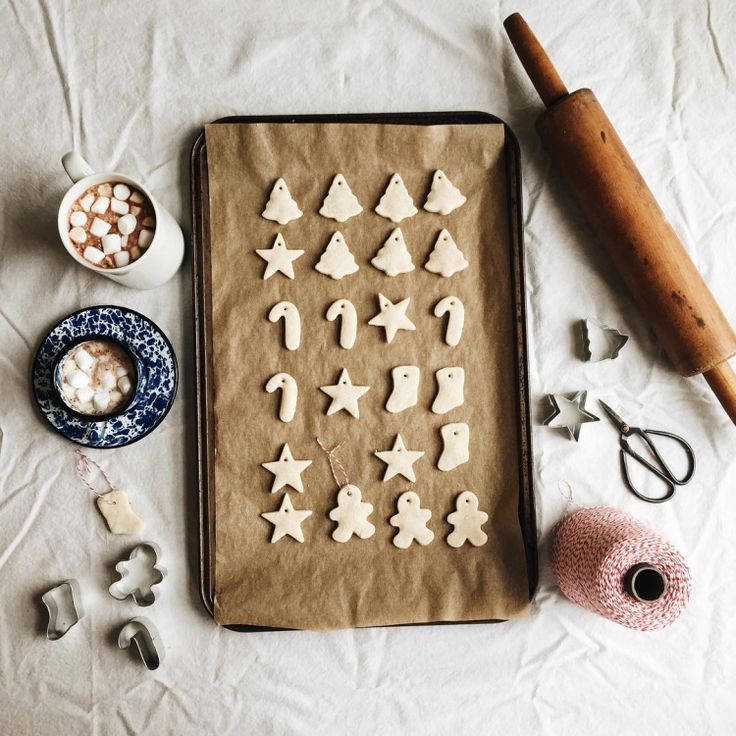 )
)
- Roll out, changing directions occasionally, until about 1/4-inch thick. (This may not get precise if you’re working with kids and that’s okay!) (photo 1)
- Stamp cookie cutters. (photo 2)
- Remove the dough around the shapes, then either transfer the whole piece of parchment paper to a cookie sheet OR transfer just the shapes to a parchment-lined cookie sheet. (photo 3)
- Poke holes so you have a place for a string to hang as ornaments. (photo 4)
- Press in a hand to make a handprint, if desired. (photo 5)
- Bake, let cool and decorate! (photo 6)
TIP: Re-roll any remaining dough after Step 3 here to make additional ornaments.
Salt Dough Handprint Ornament
Capturing a handprint in salt dough is a perfect grandparent gift, or a keepsake ornament to make for your own tree. I love pulling out our little collection year after year. Know that getting a good print may take a few tries if doing a baby’s hand!
TIP: Check the size of your round cookie cutter against your child’s hand to make sure that it’s big enough. You may need one that’s 4-5 inches in diameter.
You may need one that’s 4-5 inches in diameter.
Best Paint for Salt Dough Ornaments
If the kids are wearing smocks, the table is protected, and you are reasonably sure they won’t paint all over their hands and faces, I like using regular acrylic craft paint since it holds up best on crafts. With younger kids who may wind up wearing more of the paint, I’d recommend tempura washable paints.
TIP: We put our paint into the base of old egg cartons since we always have those on hand. You can also use paper plates.
How to Preserve Salt Dough Ornaments
To help preserve your finished dried ornaments, you can coat with a layer or two of Mod Podge or spray with a sealer. Either work well. I’d recommend coating or sealing both sides, so do one side and let it dry, and then do the second side. If using the sealer, do it in a well ventilated area without the kids too close by.
TIP: To store these ornaments from year to year, you’ll want to wrap in bubble wrap.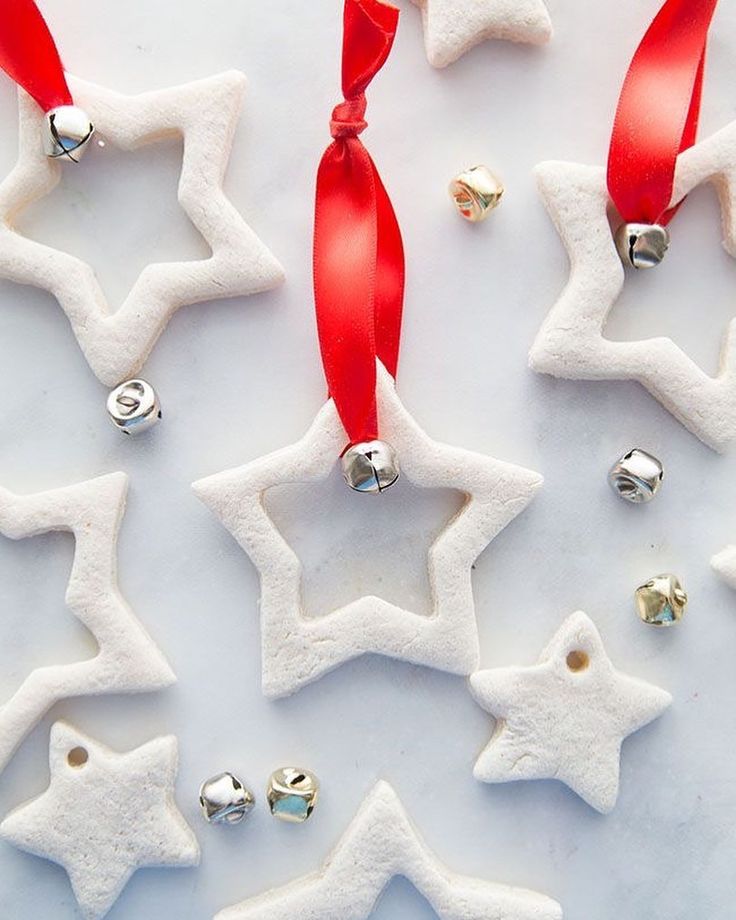 Store in a container that won’t be banged around, dropped or exposed to excess moisture.
Store in a container that won’t be banged around, dropped or exposed to excess moisture.
Why is my salt dough puffing up?
If you mistakenly use self-rising flour, they may puff. And sometimes it happens randomly. Keep the oven temperature low and if it happens consistently, you can try baking at an even lower temperature for a slightly longer amount of time.
Tips for Making the Best Salt Dough Ornaments
- If the dough is too wet and sticky, knead in a little more flour. If it’s too stiff, add a little more water. There is a big range in the way different flours absorb liquid, so there is a normal range of variation in liquid needs. It should be easy to work with—soft and not too stiff and not excessively sticky.
- Use paper lollipop sticks or a skewer to make your holes.
- Use a 4-5 inch round cookie cutter to make handprint ornaments.
- Tie on baker’s twine or thin ribbon to hang as ornaments.
- Try to get the dough to an even thickness before baking so the ornaments bake evenly.
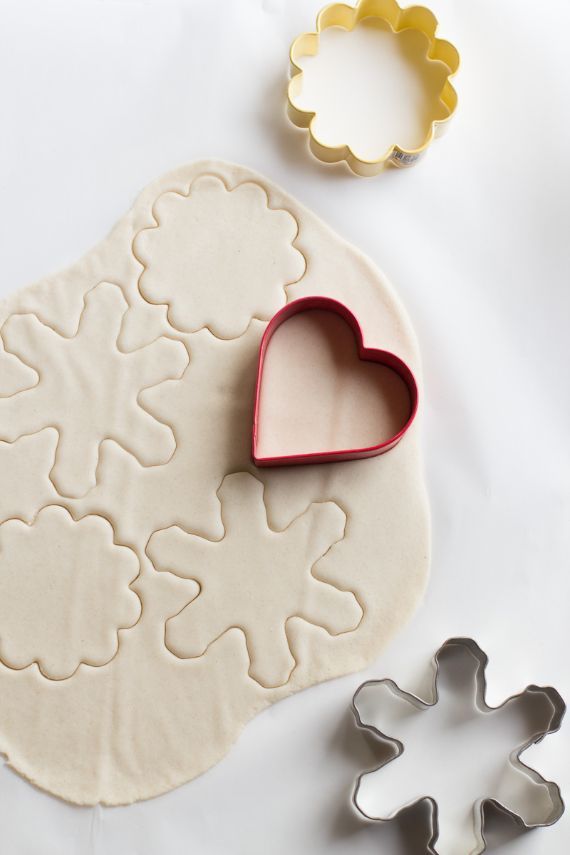
- Bake for the time indicated and then longer if your ornaments still feel soft. They should be firm to the touch without much give.
- Let cool fully before painting.
- If you want to paint the background of a handprint ornament, do that before you paint the inside of the hand. Let dry before adding a second color. Some people like to paint the whole thing white or cream to give it a more finished look.
- Use acrylic craft paint for older kids who can be trusted with paint and tempura washable paints with younger toddlers.since it holds up best on crafts. With younger kids who may wind up wearing more of the paint, I’d recommend.
- To help preserve your finished dried ornaments, you can coat with a layer or two of Mod Podge or spray with a sealer.
I’d love to hear your feedback on this project and what your kids thought of it, so please comment below to share!
Prep Time 30 minutes
Cook Time 2 hours
Total Time 2 hours 30 minutes
Author Amy Palanjian
Cuisine American
Course Holiday
Calories 1kcal
Servings 2 dozen ornaments
- ▢ 4 cups flour
- ▢ 1 cup table salt
- ▢ 1.
 5 cups water
5 cups water
Mix the ingredients together in a large bowl using a wooden spoon. When it becomes too stiff to stir, use clean hands to bring the dough together.
NOTE: If the dough is too wet and sticky, knead in a little more flour, about 1 tablespoon at a time. If it's too stiff, add a little more water, about 1 tablespoon at a time. There is a big range in the way different flours absorb liquid, so there is a normal range of variation here. It should be easy to work with—soft and not too stiff and not excessively sticky.
Knead a few times until the dough is uniform and soft, about 3-5 minutes.
Divide dough into 2 or 4 sections and roll out to about 1/4-½ inch thick between two sheets of parchment paper. This will help prevent sticking.
Cut out with cookie cutters. Transfer shapes to a parchment-lined baking sheet.
Repeat rolling and cutting out shapes to use up the dough.
Preheat oven to 250 degrees F.
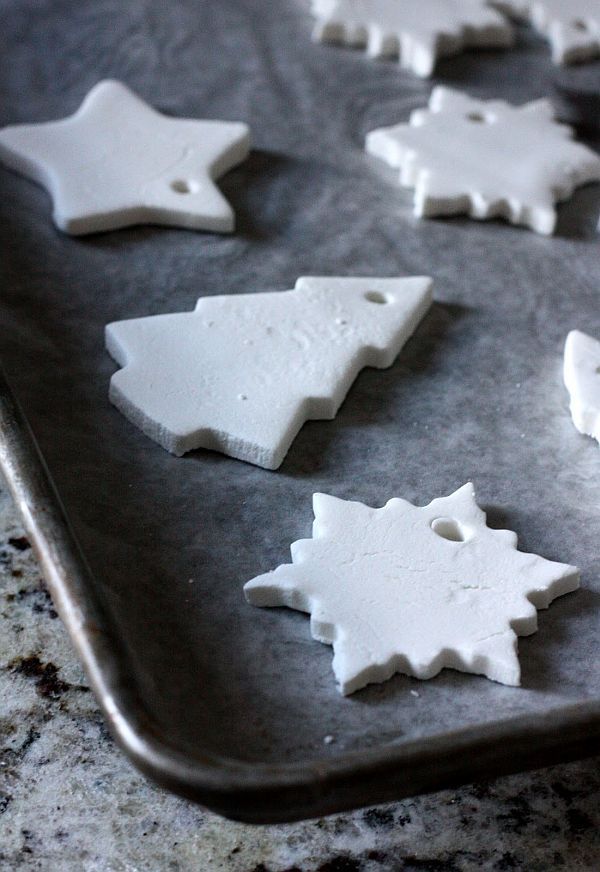
Do a 4-5-inch circle and press in a child's handprint if desired.
Use a paper lollipop stick or a skewer to make a hole to hang as an ornament.
If making ornaments, bake for 90 minutes to 2 hours; if baking handprints, bake for 2-3 hours. Continue baking both ornaments and handprints as needed until they are until just firm to the touch, checking every 20 minutes. (It's not a problem if yours take longer than the initial baking time—it varies based on thickness and size...which will likely vary if you are baking these with kids!) They do not need to be rock hard, but should not feel squishy. Handprints will likely take longer than smaller ornaments and may take closer to 4 hours.
Remove from oven, let cool, and paint if desired with acrylic or washable tempera paint.
Once paint is completely dry, seal with Mod Podge if desired.
Mixing Bowl
parchment paper
Mini Cookie Cutters
- Divide the recipe in half to make a smaller portion of dough if desired.
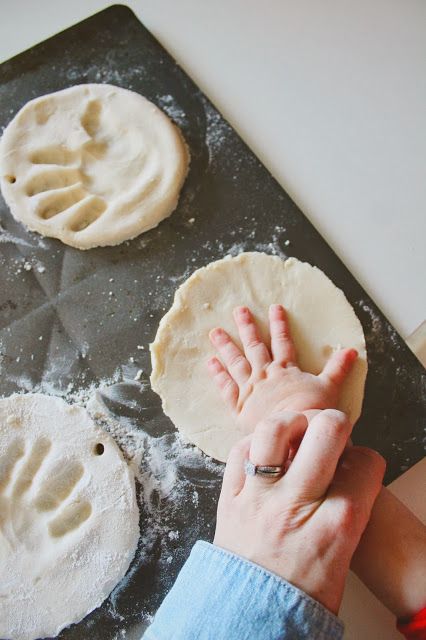
- Use paper lollipop sticks or a skewer to make your holes.
- Use a 4-5 inch round cookie cutter to make handprint ornaments.
- Tie on baker's twine or thin ribbon to hang as ornaments.
- Try to get the dough to an even thickness before baking so the ornaments bake evenly.
- Bake for the time indicated and then longer if your ornaments still feel soft. They should be firm to the touch without much give but do not need to be rock hard. It is not a sign of a problem if yours take longer than mine did to bake—flours and ovens vary!
- Let cool fully before painting.
- If you want to paint the background of a handprint ornament, do that before you paint the inside of the hand. Let dry before adding a second color.
- Use regular acrylic paint for older kids who can be trusted with paint and washable tempera paint with younger toddlers.
- To help preserve your finished dried ornaments, you can coat with a layer or two of Mod Podge or spray with a sealer.
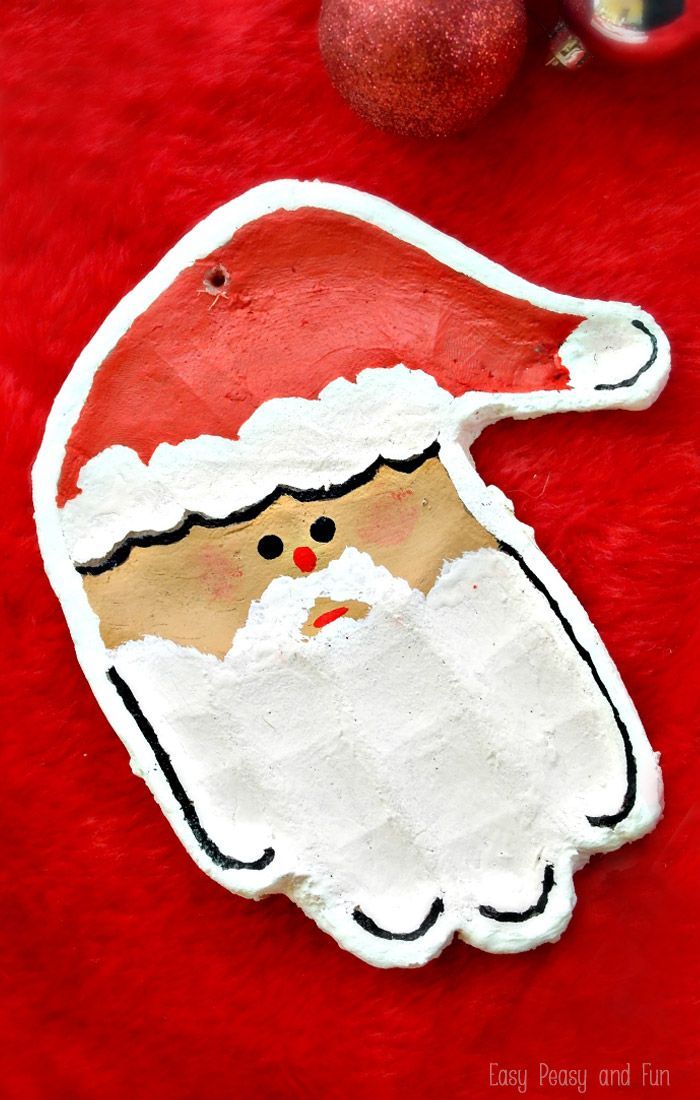
Calories: 1kcal, Fat: 1g, Saturated Fat: 1g, Polyunsaturated Fat: 1g, Monounsaturated Fat: 1g, Fiber: 3g, Sugar: 1g, Calcium: 31mg, Iron: 6mg
Tried this recipe?Rate in the comments and tag @yummytoddlerfood on IG!
Salt Dough Ornaments (+ How to Make Salt Dough)
Jump to How-ToSalt dough ornaments are the sweetest little homemade gift and such a fun Christmas tradition!
You can make them for the whole family or classroom with hardly any effort and there are plenty of fun personalization options. Kids will have a great time making these!
Click HERE to save this recipe for Salt Dough Ornaments to Pinterest!
Making Salt Dough Ornaments
When my daughter, Madeline, was in elementary school she received a homemade salt dough ornament from one of her friends.
I thought that was the cutest idea for kids to gift to one another and I loved that it was a fun friend gift that didn’t cost a lot of money.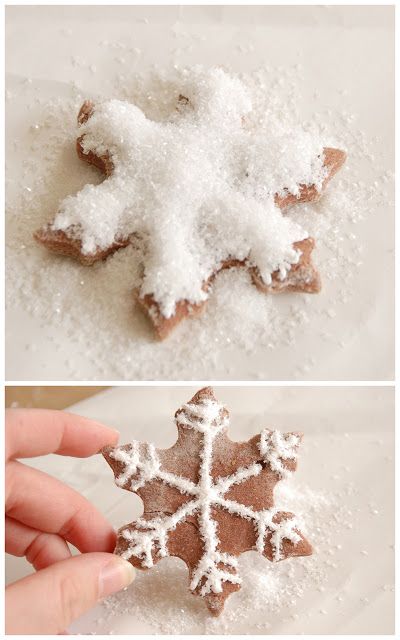
Christmas crafts as gifts for school friends aren’t something I’d really considered before – surely buying stuff was easier? But after she came home with that adorable ornament, I couldn’t stop thinking about it.
In years past, usually on a snowy afternoon when everyone is tired of playing in the snow, we whip up a batch of these cute Salt Dough Ornaments to hand out to friends. We keep it simple with solid colors, and classic shapes like Christmas trees and snowflakes, but red and white candy canes or yellow bells would be super cute and festive, too.
Salt Dough Ornaments are actually really easy to make and are the perfect activity for kids to do during the month of December. Especially on days that are too cold or snowy to play outside. Usually those days are abundant here in Colorado.
When Kevin and I got married, we decided on decorating two Christmas trees each year — one downstairs in the formal living that is all matchy-matchy and perfect.
It sits in front of the windows and looks so pretty with the tree’s white lights and ornaments in shades of blue, silver, and gold glowing through the windows at night.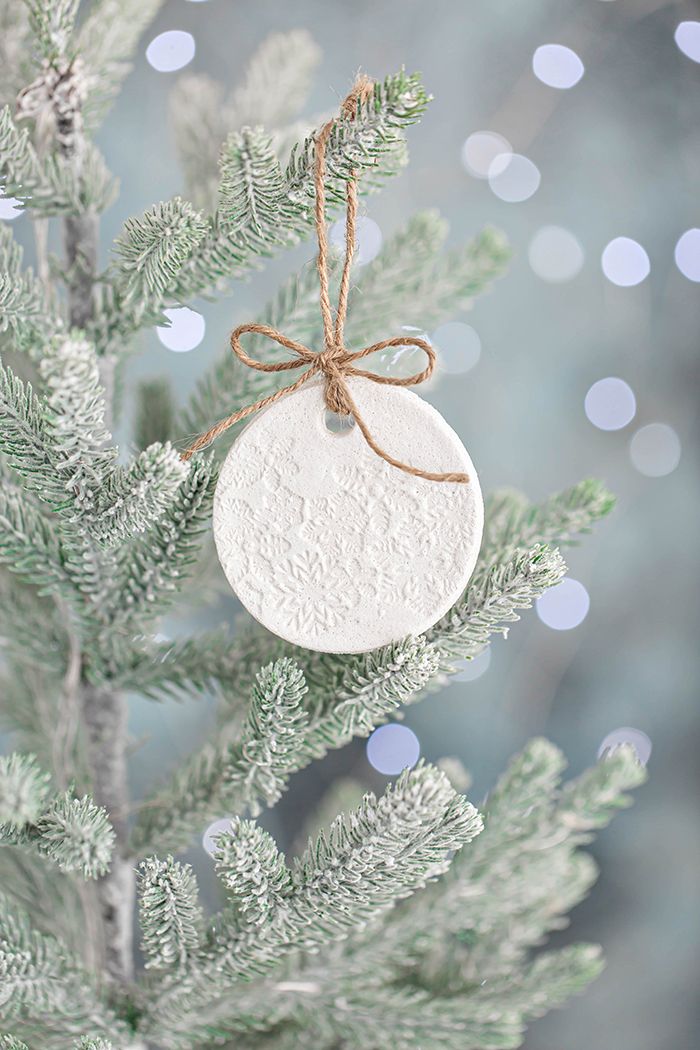
Even though it is a decorator tree, there are a few special-to-me ornaments on it that just happen to fit the color scheme, and every year we try to add a couple new ones.
Upstairs in the hallway outside of the kids game room is a tree with all of their collector ornaments. That tree contains all of the cute handmade things the kids made in class in years past, and multi-color lights. It’s totally tacky in the best way possible.
This year, we made a couple extra of these salt dough ornaments to put on our memory-filled tree and I look forward to more in years to come. I don’t think making salt dough ornaments is an activity that kids will ever really grow out of.
Salt Dough Ingredients
This is the best salt dough recipe! If you’ve never learned how to make salt dough, don’t fret — it’s so easy to make your own homemade ornaments! Here’s what you will need to make a batch of this salt dough:
- All-purpose flour
- Salt
- Water
- Essential Oils for scenting (optional!)
In addition to these key ingredients to make the dough, you’ll also need some additional materials for shaping and decorating your homemade ornaments:
- mixing bowl
- mixing spoon
- rolling pin
- cookie cutters
- food coloring or acrylic craft paint (or keep them naturally colored)
- drinking straw (this helps cut the hole for threading ribbon or twine to string the ornament)
- parchment paper
- twine or ribbon
That’s it! Any other tools you use are up to your personal preference depending on how you’d like to customize your homemade salt dough ornaments.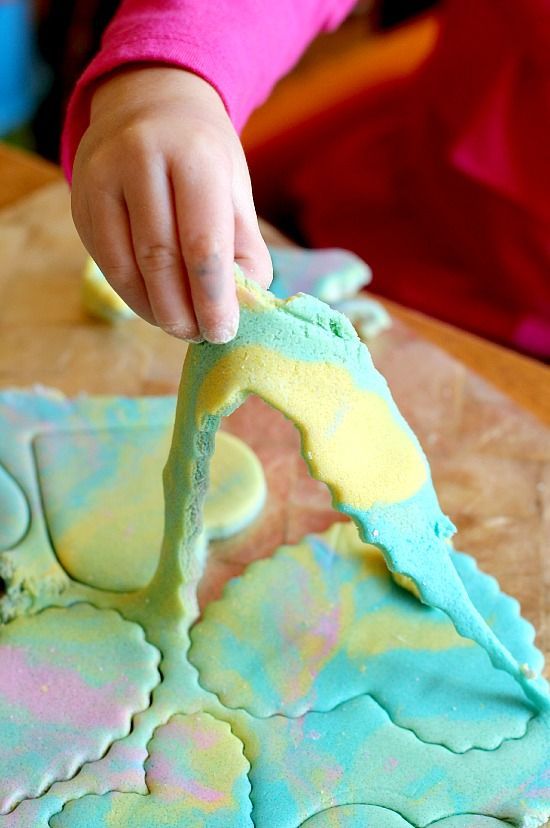
For the complete ingredient list and detailed instructions, scroll to the bottom of this post for the FREE printable recipe card.
Click HERE to save this recipe for Salt Dough Ornaments to Pinterest!
How to Make Salt Dough Ornaments
Salt dough ornaments are super simple to make yourself at home! Here is an overview of the steps you’ll need to follow. For full details, make sure you scroll down to the free printable recipe card which you can keep for your records and use year after year.
- To make this salt dough ornament recipe, you first need to whisk together the salt and flour.
- In a separate bowl, whisk together the water and food coloring (or paint).
- Make a well in the flour mixture and slowly pour in the colored water, mixing after you’ve added half of the liquid.
- Knead the dough for about 10 minutes on top of parchment paper or baking mat until the dough is smooth and colored throughout.
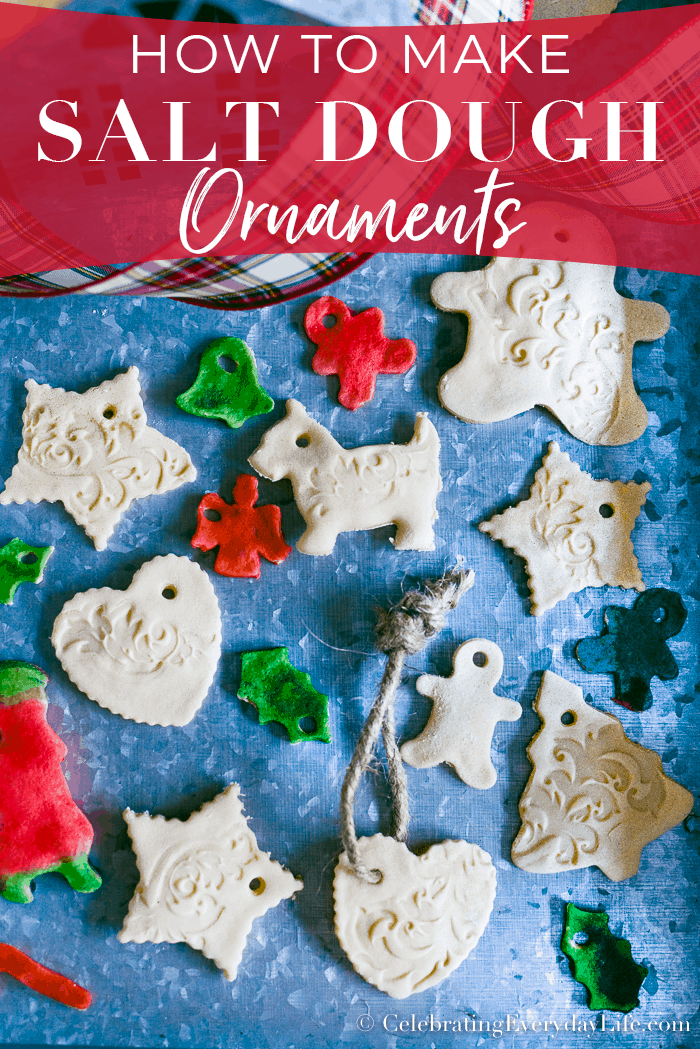
- Roll out the salt dough, then cut it out using your cookie cutters of choice.
- Place the salt dough ornaments on a parchment paper lined baking tray, then cut a hole near the top with a drinking straw.
- Then, bake at 200 degrees F for an hour, or until dry (varies on size and thickness of ornament).
Can I Make Salt Dough Ahead of Time?
Yes, you can make salt dough ahead of time, up to 5 day. Store it in the refrigerator in a completely air tight container or sealed ziplock bag. You can also use a vacuum sealer if you have one.
Storing it air tight is necessary because you don’t want to let the dough get dried out before you’ve had a chance to roll it!
Making salt dough ahead of time is a perfect way to eliminate some of the to-do the day you want to make the dough if you don’t have time to do it all in one day.
This works best when left naturally colored or colored with food coloring. I don’t recommend making it ahead of time if adding acrylic paint as the paint could dry out or degrade when stored for a length of time in the refrigerator.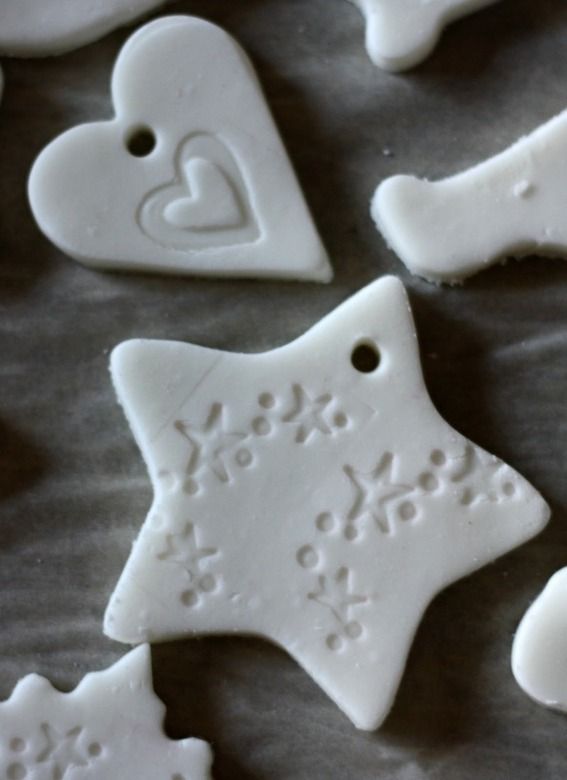
How Do You Add Color To Salt Dough?
There are two different ways to add customized colors to salt dough – using food coloring or using acrylic paint.
Adding Food Coloring to Salt Dough
Food Coloring To add food coloring to the salt dough, you’ll only need a few drops unless you are looking to achieve very deep colors. You can mix different colors to create different hues beyond the typical food coloring color options.
I prefer the gel food coloring over traditional food coloring because you don’t need to use a whole bottle of coloring to achieve intensely colored dough.
What Paint Can You Use In Salt Dough?
Acrylic Craft Paint is best for using with salt dough in my experience. For solid colored salt dough, add 6 ounces of acrylic craft paint to the water and mix, then combine (slowly) with the flour and salt mixture. Stir until mixed, and then knead.
When adding paint to the salt dough, make sure you cover all surfaces with parchment paper or butcher paper so you don’t end up damaging your kitchen surfaces.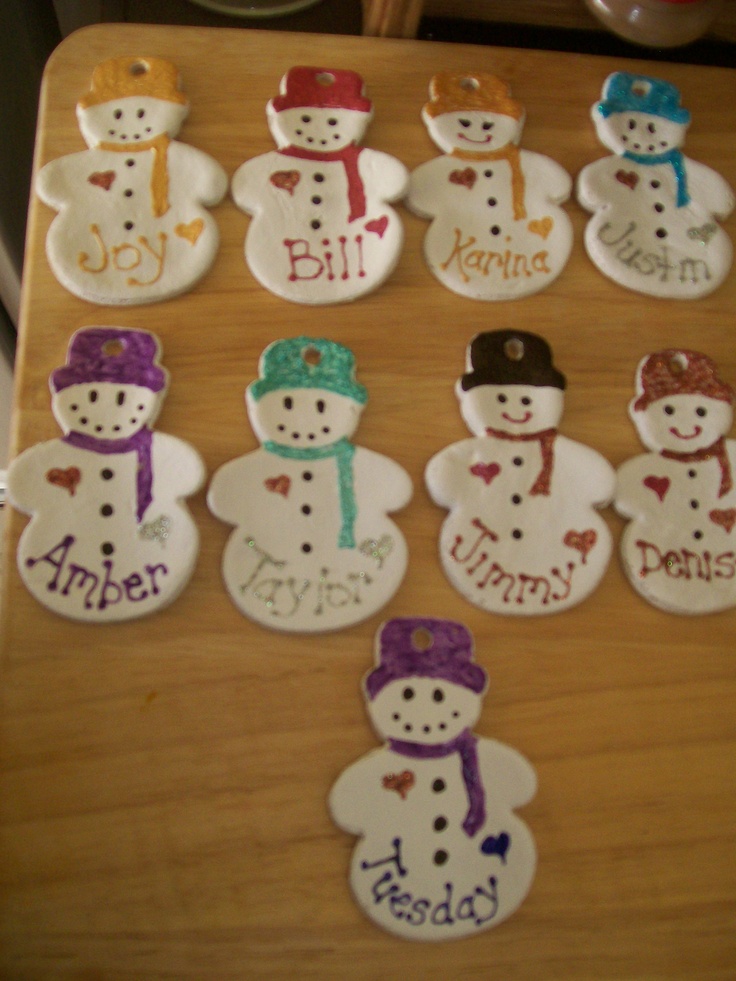
You can also use an old baking mat if you don’t care about it potentially getting stained. I prefer butcher paper or parchment paper because it makes the mess easy to clean up.
When you are kneading the salt dough, you will want want to wear gloves so that the paint doesn’t transfer to your hands. You can use surgical gloves or kitchen cleaning gloves (again, they might stain!).
This time around, as you can see in my photos, I decided to add white acrylic chalk paint to my salt dough to achieve a brighter white color and a matte finish. Then, I stamped the dough using a snowflake rubber stamp.
If the dough is too sticky, simply add extra flour and salt in a 4:1 ratio (such as 4 tablespoons flour and 1 tablespoon salt) until the dough is easily handled. It should be firm but not dry.
Can You Paint Salt Dough After Baking?
Yes, you can bake salt dough after your ornament has completely dried. I recommend acrylic paint for this as well. You can use small paint brushes to add details to your ornament, which works especially well if your ornament has three dimensional texture to it.
Can You Add Glitter to Salt Dough?
Yes! Adding glitter to salt dough gives a nice affect and can provide fun customization options. Keep reading to learn how to add glitter to salt dough ornaments – there are 3 different ways!
There are a few different ways that you can add glitter to your salt dough.
- One way to add glitter to your salt dough recipe is by adding flakes of glitter – 1 tablespoon at a time until you like the ratio of glitter to dough.
- Another way to incorporate glitter in your salt dough recipe is by adding acrylic paint that contains glitter or shimmer to your water, and then mixing that into the flour and salt when you prepare your dough. When I add paint to my dough, I add 6 ounces of paint to the recipe as written.
- Lastly, you can incorporate glitter in your salt dough ornaments by painting clear craft glue onto parts of your ornament that you want to have glitter and sprinkling loose glitter flakes on top of the glue.
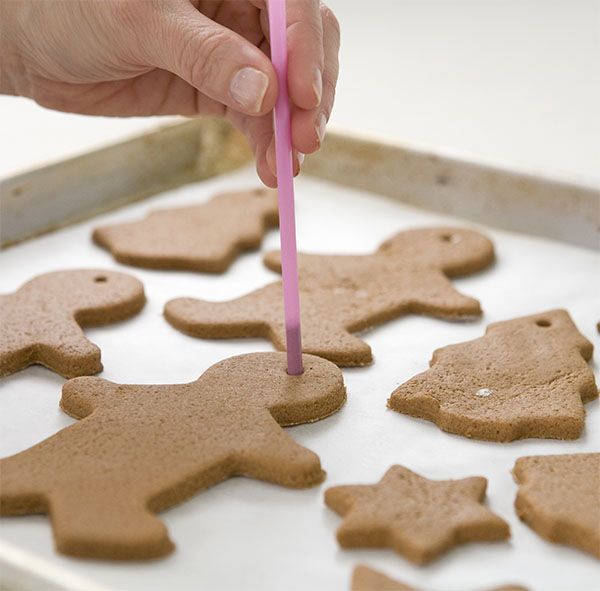 The ornament should be dry before this method is used.
The ornament should be dry before this method is used.
How to Personalize Salt Dough Ornaments
You could make salt dough ornaments for your family, the classroom, coworkers – you name it!
And your limitations are only set by the cookie cutters you own. If you want to take it one step further, you can even personalize the ornaments for the recipient!
All the different combos you could make, all the Christmas cookie cutters I just happened to have in the pantry… the possibilities are endless.
Here are some of my favorite ways to personalize these salt dough ornaments:
- Take some mini ABC cookie cutters and stamp the middle with the recipient’s last name initial, monogram, or first name.
- Stamp the ornament with that year’s date, or a date of special significance.
- Lightly stamp a design within the cookie cutter using another, smaller cookie cutter.
- Hang two ornaments together on the same string, for example two shapes that have significance for the person you’re giving them to.
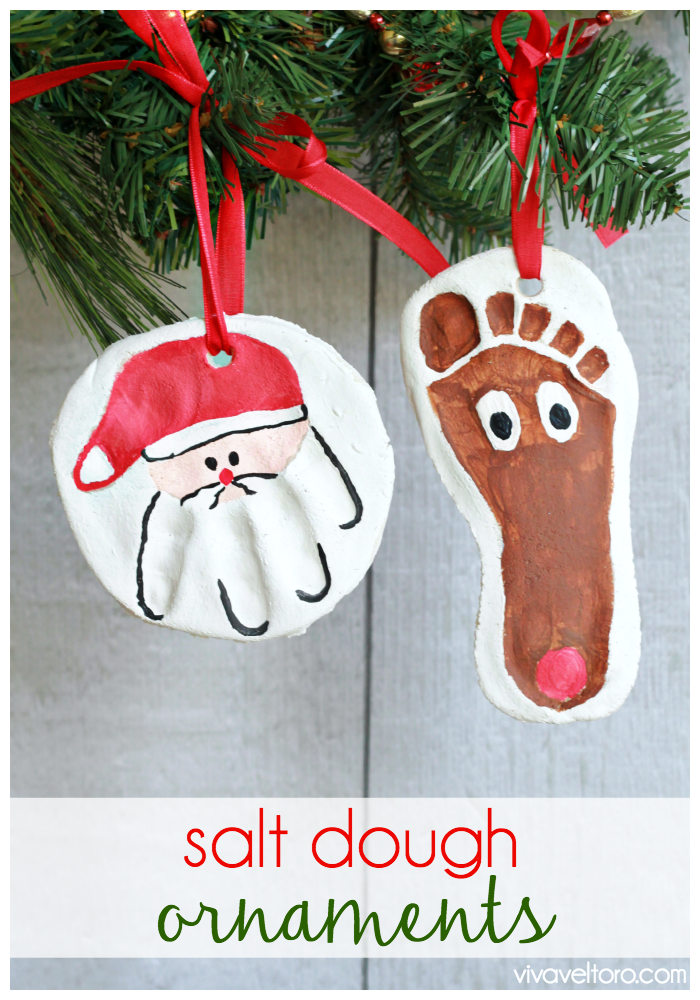
How to Stamp Salt Dough Ornaments with Texture
If you want to add interesting textures or patterns to the surface of your salt dough ornaments, you can do so by pressing different types of materials, tools, or other items that you might have in your home into the surface of the dough before baking.
Some great options for adding texture to your salt dough are:
- lace
- cookie stamps
- leaves
- rosemary sprigs
- pinecones
- pine needles
- rubber crafting stamps
- ribbon
- bottoms of crystal vases
Press the dough firmly with these items to leave an imprint in the dough but don’t press all the way through. You just want to create a texture on the surface that will remain after baking.
Objects or stamps with deeper more pronounced textures and grooves give the best finished appearance after baking and drying. Items that have very small, intricate details will not yield ideal results.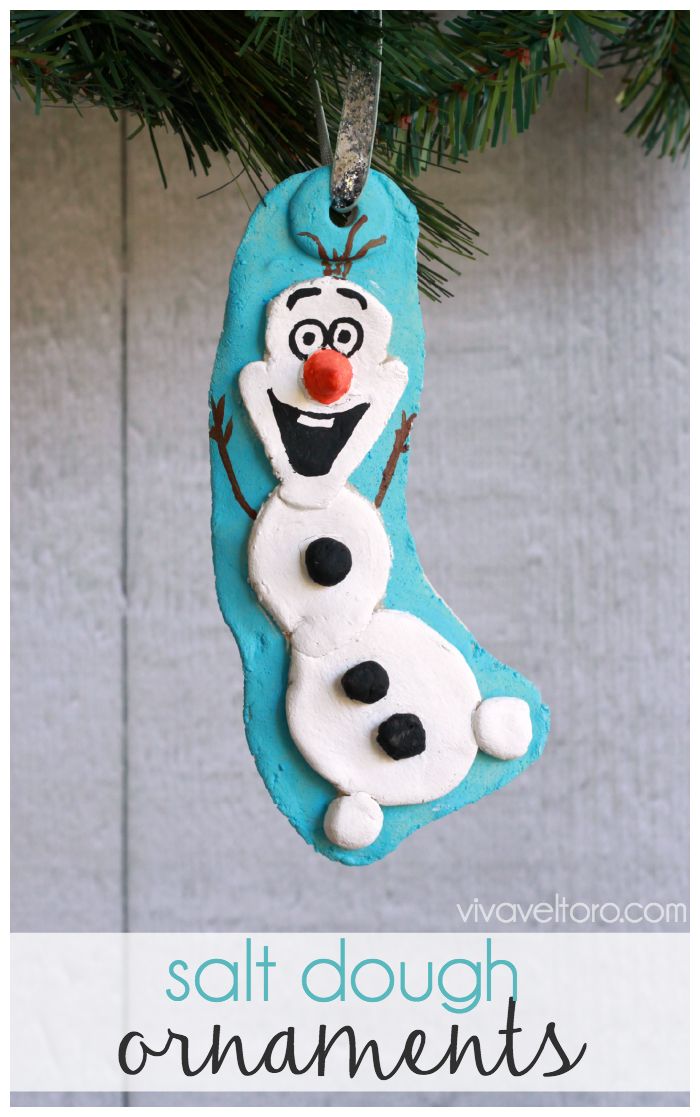
Scented Salt Dough Ornaments
Did you know that you can make scented salt dough ornaments, too? Adding essential oils to your salt dough will give it a great scent that you can enjoy in your home!
Have an artificial tree but love the smell of fresh, real Christmas trees? Scented Salt Dough ornaments are a great way to give an artificial tree a natural pine scent. Simply add 5-15, depending on your preference, drops of Fir Essential Oil. I like Siberian Fir best!
Another great scent to add to salt dough ornaments is Cinnamon Essential Oil! This will make your house smell like Christmas! A Christmas-y blend that I like is Holiday Joy, which has cinnamon along with orange and a few other essential oils.
The sky is the limit, really! You can add any essential oil scent you like, it doesn’t have to be a holiday themed smell.
For best results, you will want to air dry any salt dough ornaments that you have added essential oils to so that the scent remains longer.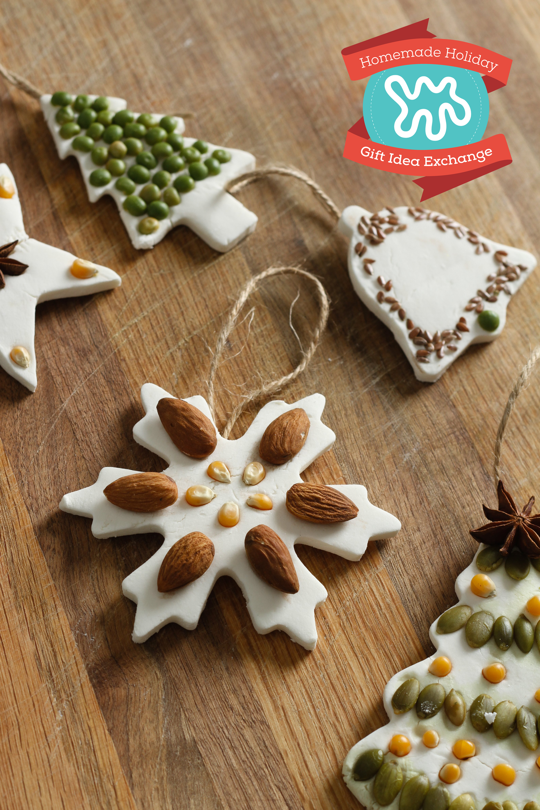
When adding essential oils to your dough I definitely recommend wearing gloves when handling the dough as some people are sensitive to essential oils on their skin.
Have a Salt Dough Ornament Making Party
Pair this fun activity with a mug of your favorite hot cocoa and a round or two of Christmas Book Bingo by the fire.
Grown ups will love this Spiked Peppermint Mocha Hot Chocolate and kiddos will like a mug of Candy Cane Hot Cocoa. If mulled ciders are more your style, try this Spiced Pomegranate Apple Cider.
Just make sure your favorite Christmas Tunes are playing in the background!
That sounds like just about the most perfect winter afternoon I could ask for. I hope it does to you too.
Looking for more fun Christmas activity ideas for kids to pair with making these salt dough ornaments? Check out my post on Tips to Prepare for a Fun Winter Break with Kids
Save this recipe for Salt Dough Ornaments to Pinterest!
How Many Ornaments Does this Salt Dough Recipe Make?
The number of ornaments you will get from this salt dough recipe varies based on the size of the ornament, however this recipe made approximately 18 three inch sized circles in my most recent batch.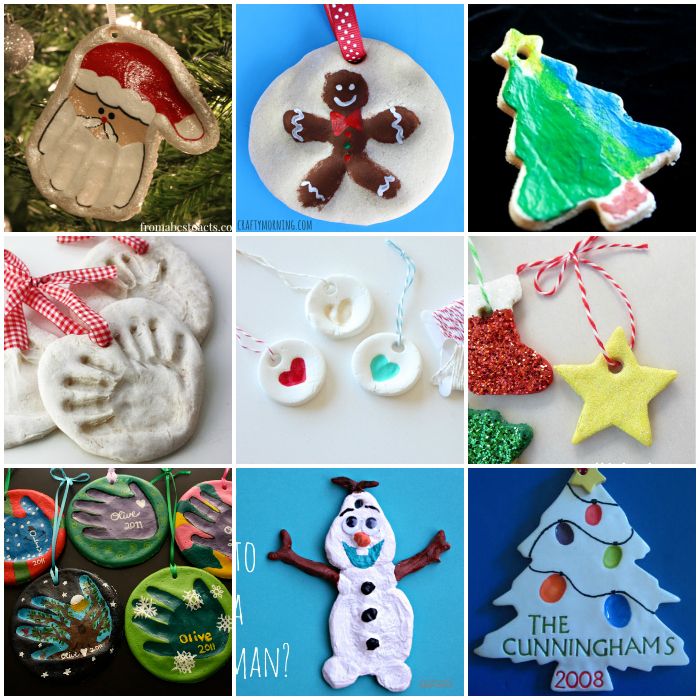
After you cut out the shapes for your ornaments, combine any leftover scraps and knead until smooth and combined, then re-roll and cut out more shapes. Repeat until you don’t have any salt dough left.
What Type of Salt Should I Use?
To make this recipe for salt dough, you will use regular table salt! There is no need to buy anything special.
Tips for Making Salt Dough Ornaments
The hardest part of making these salt dough ornaments is simply making sure that your work surface remains dye-free.
I recommend covering your work surface with parchment paper or a plastic table cloth. Something inexpensive that you don’t care if it gets stained or that you can just throw away, the dollar store is great for this. Large sheets of butcher paper also works incredibly well!
Wearing gloves and aprons will help make sure that clothes and fingers aren’t dyed red and green when you’re making your salt dough ornaments.
The number of ornaments you will get from this salt dough recipe varies based on the size of the ornament, however this recipe made approximately 18 three inch sized circles in my most recent batch.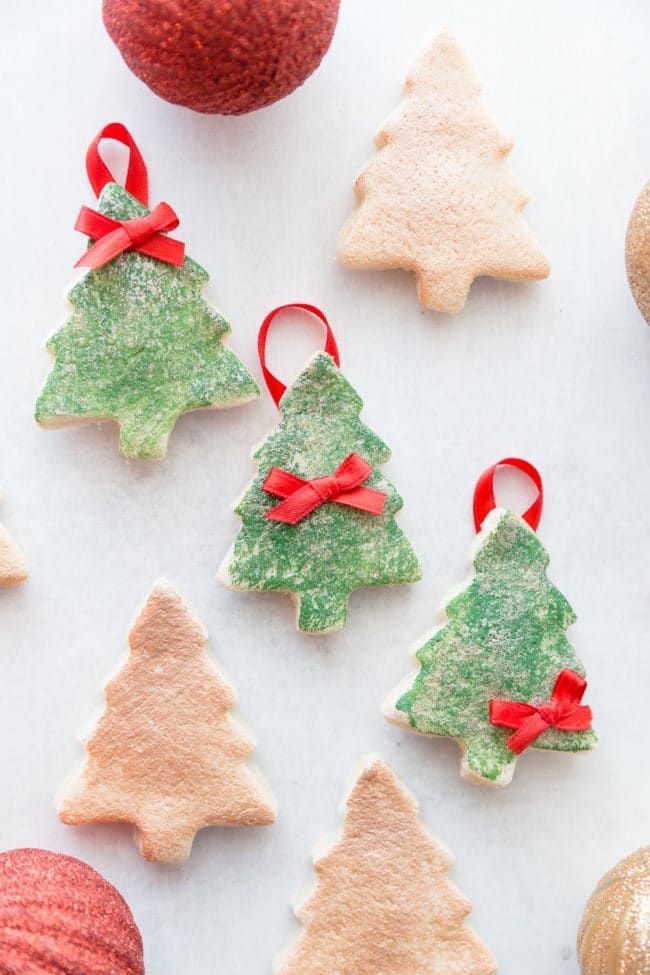
After you cut out the shapes for your ornaments, combine any leftover scraps and knead until smooth and combined, then re-roll and cut out more shapes. Repeat until you don’t have any salt dough left.
Why Does My Salt Dough Puff Up?
Are you wondering why your salt dough ornaments turned out puffy? Typically there are two things that cause salt dough to get puffy: either your oven is too hot or you used self-rising flour.
The first reason that your salt dough ornaments might be puffing is the temperature you bake at. You want your oven to be pretty low. This recipe calls for a 200 degrees F oven.
If you find that your salt dough ornaments are still turning out puffy, then try an even lower temperature. Temperatures lower than 200 degrees F work just fine for baking your salt dough and result in less puffiness. Your ornaments will just take longer to bake and dry out at the lower temperature.
The second reason that a salt dough ornament might puff after baking is because you used self-rising flour. In this recipe it is important to use all-purpose flour as it contains no leavening agents (baking soda, baking powder, etc).
In this recipe it is important to use all-purpose flour as it contains no leavening agents (baking soda, baking powder, etc).
Can You Air Dry Salt Dough Ornaments?
Yes you can make salt dough ornaments without baking them, however I don’t typically choose to make them that way.
No-bake salt dough ornaments take a lot longer to harden because you’re letting them dry out naturally. The benefit to making no-bake salt dough ornaments is that air drying the salt dough eliminates all chance of puffiness.
To air dry your salt dough ornaments, prepare the recipe as instructed, eliminating any cooking spray. Then, place them in a warm, dry place on a flat surface (such as a cookie sheet).
Let the salt dough air dry naturally for about 3-5 days, larger or thicker ornaments may take up to a week to air dry.
How Long Do Salt Dough Ornaments Last?
Properly prepared salt dough ornaments that have fully dried will last for decades! The most important tip for long lasting salt dough ornaments is to make sure that you let them dry out all the way – and that you don’t let them get damp.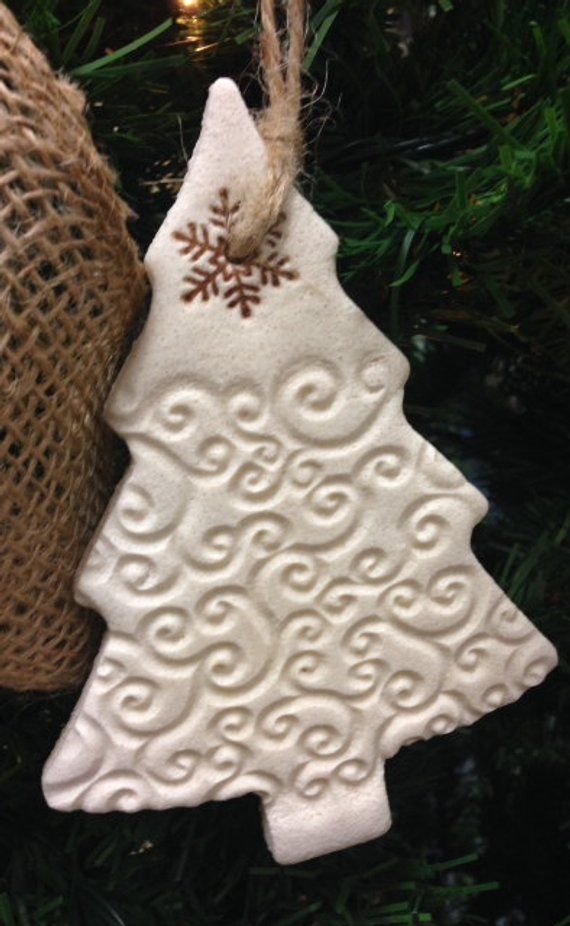 If they dampen, they can mold.
If they dampen, they can mold.
That means, when you pack your Christmas Ornaments up after the Holidays that you need to store them in a way that they won’t get wet.
I recommend air tight plastic ornament bins rather than cardboard boxes, which can get wet and damp due to humidity or leaks in your home. You can even add silica packets to your ornament storage to help mitigate any dampness that does occur.
Salt Dough Ornaments that have gotten wet or have already begun to mold, unfortunately should be thrown out for health reasons. Better safe than sorry!
More Homemade Gift Ideas:
If you love to make homemade gifts for friends, neighbors, teachers, or anyone else on your holiday gift list, you might like to try a couple of these ideas, too.
Instead of throwing out broken bits of crayon, learn How to Make Recycled Crayons and try melting down your scraps and reshaping them into something new. For Christmas-themed crayons, look for silicone molds that are Christmas Tree or snowflake shaped.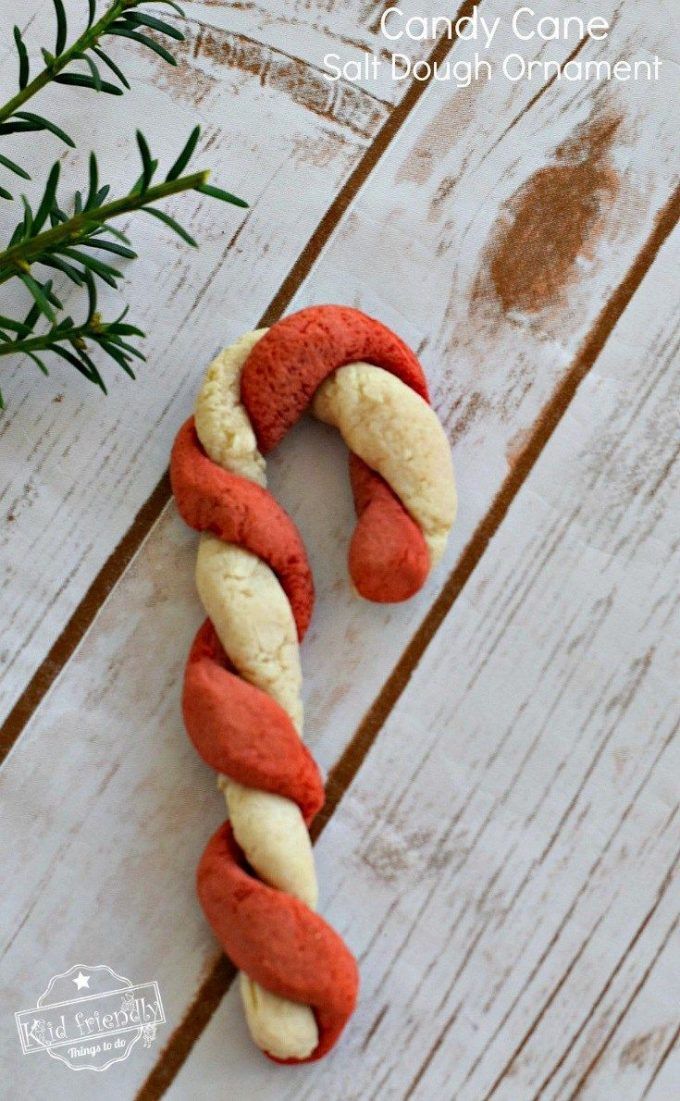
Featuring lemon, oil, sugar and salt, this All-Natural Moisturizing Kitchen Hand Scrub is a simple DIY gift to prepare – perfect for the holiday season. Teachers will love this pampering item. For something extra special, pair it with a mani/pedi gift card or some fun new nail polish colors.
This Rosemary Mint Sugar Scrub is another homemade gift any woman in your life would love. It’s easy to make and can be used all over your body.
Homemade bookmarks make fun crafts for kids and also super cute gifts for them to pass out to friends at school; check out these 8 Cute DIY Bookmark Ideas.
And there are 45 more Homemade gift ideas here!
What are your favorite homemade holiday gifts?
Love this recipe for Salt Dough Ornaments?
Sign up for Good Life Eats email updates and never miss another update!
Materials
- 1 cup All-Purpose Flour
- 1/4 cup Table Salt
- 1/3 cup Water, plus 1 tablespoon
- Food Coloring or Paint (6 ounces acrylic craft paint)
- 1 Drinking Straw
- Nonstick Baking Spray
- Parchment Paper
- 1 roll Colorful Ribbon (1/8 to 1/4-inch wide), Twine, or String
Tools
- Mixing Bowl
- Mixing Spoon
- Surgical Gloves, or kitchen gloves
- Rolling Pin
Instructions
- Preheat your oven to 200°F.
 Place the rack in the center position.
Place the rack in the center position. - Prepare a large baking sheet by lining it with parchment paper. Next, line the work area with butcher paper to prevent your counters or table from becoming stained.
- In a medium sized mixing bowl, combine the flour and salt until well whisked. In a glass measuring cup, stir in the water and food coloring or paint.
- Make a well in the center of the flour mixture and slowly pour in the colored water, starting with half the amount and adding more as needed to form a firm dough that is moist but not sticky. Stir well.
- While wearing the surgical gloves, knead the dough with your hands for approximately 10 minutes (on top of the parchment paper), or until the dough has become smooth and the color is distributed throughout.
- Use a rolling pin to roll the dough into a 1/4-inch thickness on the parchment paper. Use whatever shaped cookie cutters you’d like to cut out the dough. Additionally, you can stamp the dough with various items to create texture or with ABC stamps to personalize the ornaments with someone's initials, last name, or year.
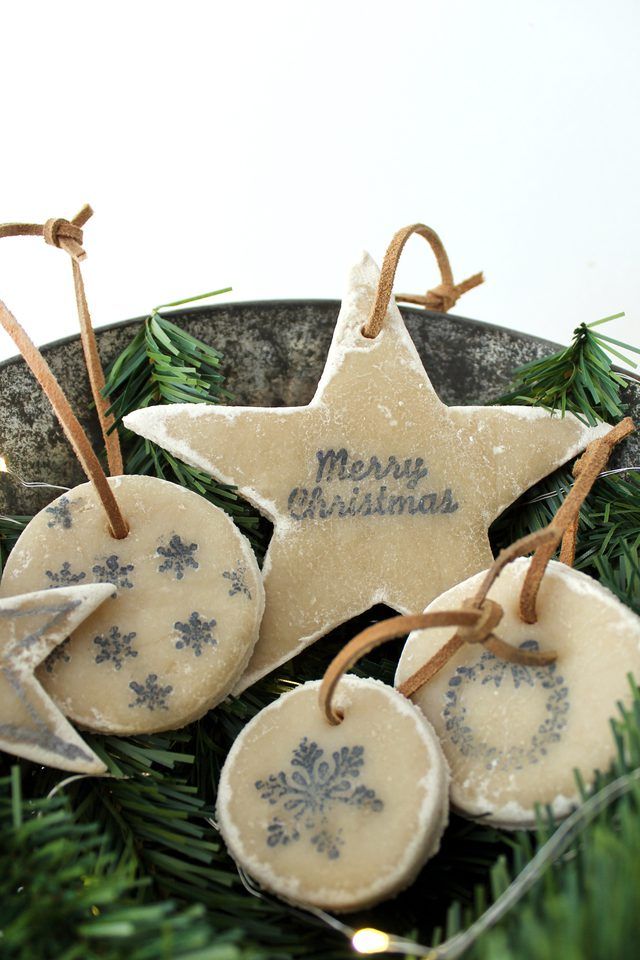
- Combine any scraps that are leftover and knead, then re-roll with the rolling pin and cut out additional ornaments. Repeat until all of the dough has been used.
- After cutting the ornaments, transfer the cut shapes onto the parchment paper lined baking sheet. Use the straw to cut a small hole near the top (where you’d like to hang the ornament from). Discard the small circular piece of dough that you remove to create the hole.
- Place the baking sheet in the preheated oven and bake for 1 hour, or until dry. Flip the ornaments half way through baking so that the underneath side can dry out as well.
- When done baking, remove from oven and let cool completely on a wire rack. After cooling, thread the ribbon or string through the holes and tie to hang.
Notes
Do not ingest this dough. It is not intended for eating.
WHAT PAINT CAN YOU USE IN SALT DOUGH?
Acrylic Craft Paint is best for using with salt dough in my experience.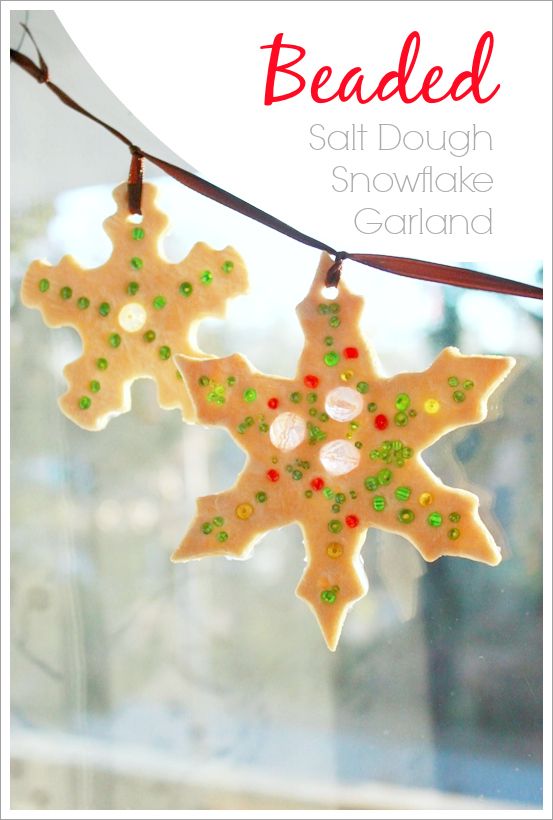 For solid colored salt dough, add 6 ounces of acrylic craft paint to the water and mix, then combine (slowly) with the flour and salt mixture. Stir until mixed, and then knead.
For solid colored salt dough, add 6 ounces of acrylic craft paint to the water and mix, then combine (slowly) with the flour and salt mixture. Stir until mixed, and then knead.
If the dough is too sticky, simply add extra flour and salt in a 4:1 ratio (such as 4 tablespoons flour and 1 tablespoon salt)
When adding paint to the salt dough, cover all surfaces with parchment paper or butcher paper so you don’t end up damaging your kitchen surfaces. Wear surgical gloves when kneading the dough so paint doesn’t transfer to your hands.
CAN I MAKE SALT DOUGH AHEAD OF TIME?
Yes, up to 5 days. Store it in the refrigerator in a completely air tight container or sealed ziplock bag. You don’t want to let the dough get dried out before you’ve had a chance to roll it! This works best when left naturally colored or colored with food coloring. I don't recommend making it ahead of time if adding acrylic paint.
HOW MANY ORNAMENTS DOES THIS SALT DOUGH RECIPE MAKE?
The number of ornaments you will get from this salt dough recipe varies based on the size of the ornament, however this recipe made approximately 18 three inch sized circles in my most recent batch.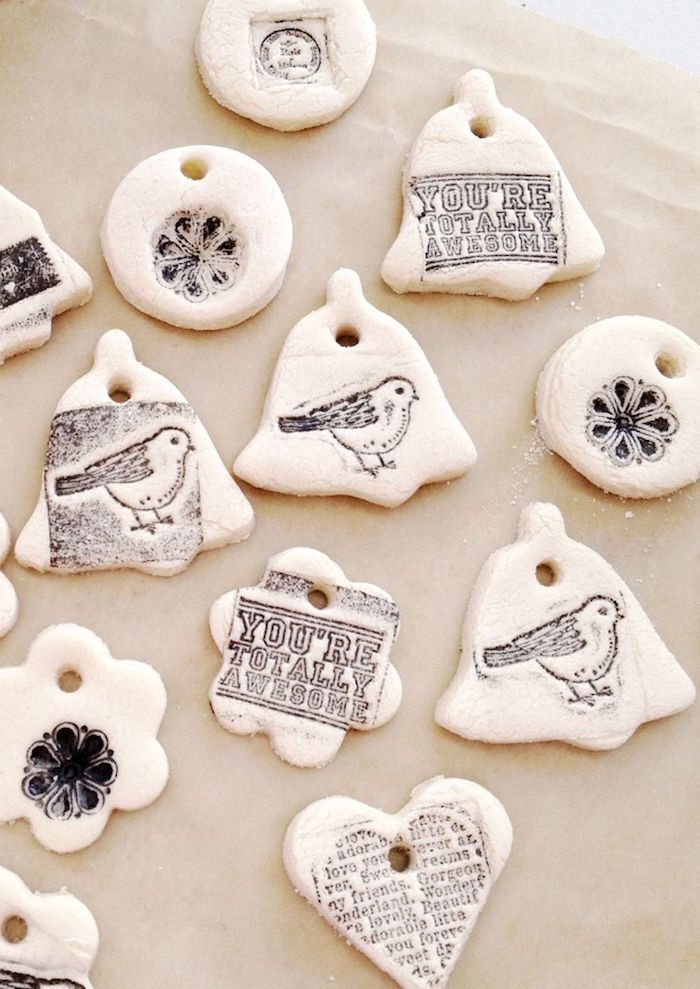
Recommended Products
As an Amazon Associate and member of other affiliate programs, I earn from qualifying purchases.
-
Gel Food Coloring
-
Adjustable Rolling Pin with Removable Rings
-
Non-slip Silicone Pastry Mat
-
Christmas Cookie Cutters Set
-
Mini ABC and Number Cookie Cutters
-
Baking Sheet
I originally shared this fun recipe for Salt Dough Ornaments on Food Fanatic, but I thought you’d like to see it here on Good Life Eats.
How to make jewelry from salt dough with your own hands
Beads, bracelets, brooches are carved, cut out and even felted.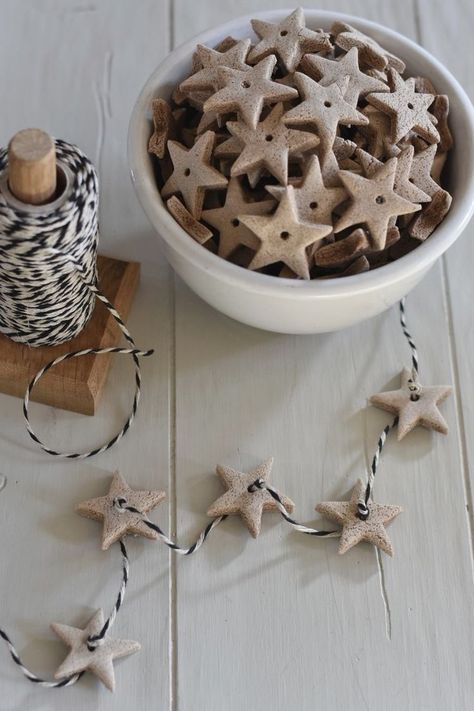 Did you know that they can be baked? The ancient art of making toys and crafts from salt dough is being revived.
Did you know that they can be baked? The ancient art of making toys and crafts from salt dough is being revived.
Author: Andriyashina Tatyana Yuryevna
LJ author: Sirickss
Buses Materials:
025 * Lock for jewelry
* Acrylic varnish, gold acrylic paint
Tools:
* Toothpicks, embossed buttons.
Prepare the salt dough: mix flour and salt in a 1:1 ratio, add some water and mix thoroughly. Only fine salt is suitable, otherwise the structure of the dough will be grainy. Knead the dough well and divide it into small balls of different diameters. Fashion a small figurine of a bird from one such ball. Pass a toothpick soaked in water in a helical motion through the bird figurine in order to make it easier to work with a small detail. With another toothpick, apply a relief pattern. It is necessary to make 3 pairs of bird figurines of various sizes.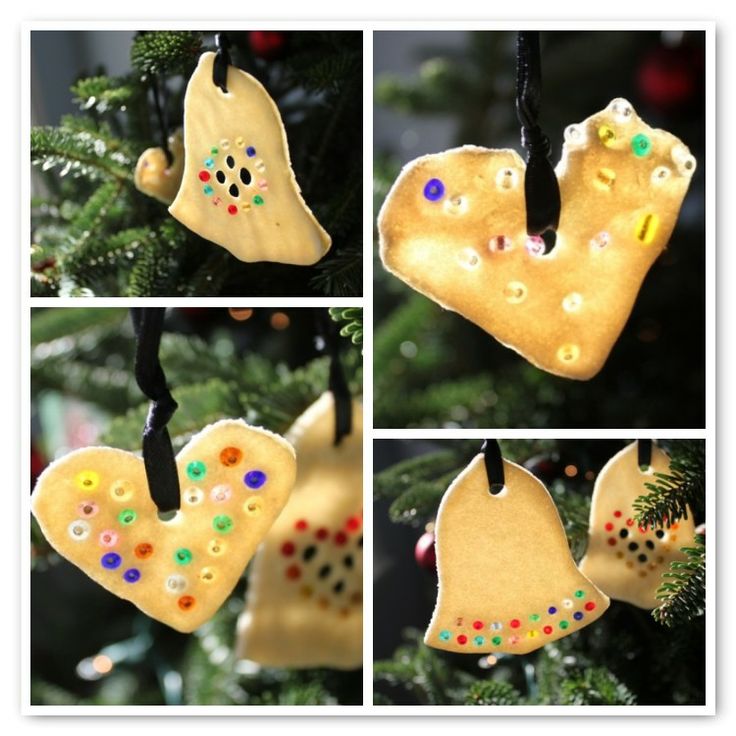
For the other part, take a ball of dough, thread it onto a toothpick and flatten it. Then, on both sides of the workpiece, make prints with embossed buttons, after sprinkling the “stamp” with flour. Additionally, make 10-14 small balls from the dough, stringing each on a toothpick.
To make the “accordion” part from a ball of salt dough, it is necessary to mold a “sausage”, then give it a flattened shape and fold it, as shown in the photo. Pierce the workpiece with a toothpick. Do 9similar details. Also, from the “sausage” of salt dough, twisting it in a spiral, fashion 12 parts in the shape of a “snail”.
To make a spacer bead, take a larger bead and shape it into a flat "brick". Pass 3 toothpicks successively through the parts at a short distance from each other. Then, with embossed buttons, create a pattern on one side of the part. Make the required number of pairs of beads.
Insert all prepared parts on the toothpicks into the foam and leave to dry for a day, periodically shifting the parts so that they do not dry out on the toothpicks. Then place the parts in the oven, leave them with the door loosely closed at a low temperature until completely dry (so that the dough does not rise). Remove toothpicks.
Coat the already completely dry beads (they make a characteristic crumbling sound) with a mixture of egg yolk, milk and salt. Next, place the pieces back in the oven at a high temperature and bake them to the desired color. The color for each piece can vary from light yellow to brown. After cooling, coat the parts with varnish or gold paint using a semi-dry brush. String the beads on a double folded nylon thread, as shown in the photo.
Make three of these elements. Pass the threads of each row through the holes of the separator bead and gather the ends of the threads together, forming two main ones. String the remaining beads on them. Attach a jewelry lock.
Tip
The more flour you put in, the more plastic the mass will turn out, this rule is especially important when making small parts for beads.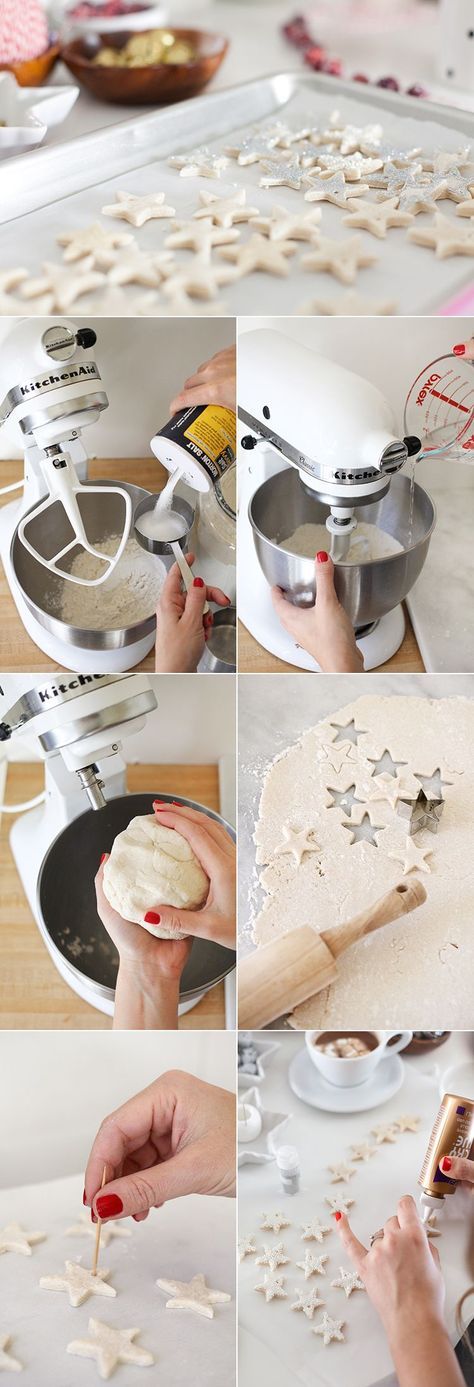 To make it easier to work with salt dough and it does not stick, periodically moisten your hands with water.
To make it easier to work with salt dough and it does not stick, periodically moisten your hands with water.
In fact, I often make jewelry from the so-called. "non-traditional" materials, and sometimes it turns out something worthwhile.
All other solutions were made specifically for the magazine, but most of them were never included in the issue, so I want to show you all of them))) Maybe these ideas will push you to something ;-)
For example, these the beads were not included in the magazine.
Drawing on them - imprints of embossed buttons, beads, etc. They also made a bracelet and earrings. Not lacquered, without gold paint, typed on a waxed brown cord.
The very ones that started it all - multi-row beads made of lacquered beads strung on a nylon thread.
Waxed cord bracelets
Bird earrings.
It should be noted that these are the birds - one might say, my topic))) Ie. it is in this form that they are one of the motives of my work, periodically manifested in different materials and products.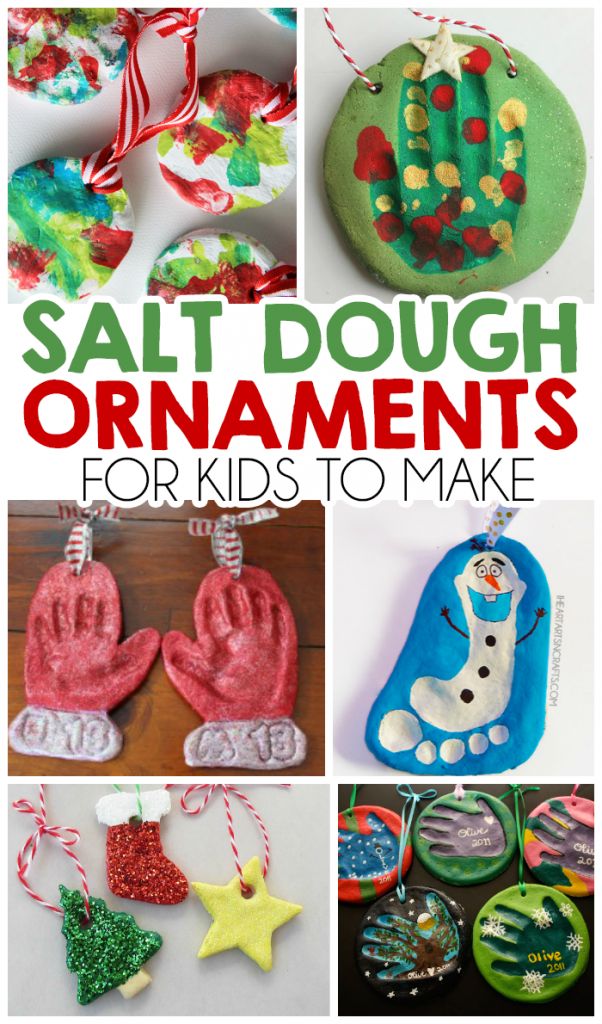
Earrings, pendant
Succous brooches
Materials:
* Salt dough
* Bulavka for brooch
Tools: 9000
* MAKENT KNOWS, POLY
FLOSE OF SHOULD pancake”, which will serve as the basis for the future brooch. Place half of the other balloon, forming a basket. For better adhesion of parts to each other, wet your hands with water. From a thin sausage, make a basket handle and carefully place it along the edge of the base.
Align the edges of the future brooch with a craft knife. Make notches with a knife, imitating the structure of the basket. From small balls, fashion an apple, pear and plum, giving relief to the fruit with a toothpick.
Attach 6 small dough balls to the base of the brooch, arranging them in the shape of a flower. Work on the flower petals with a toothpick. Make another such flower. Complete the composition with small dough balls.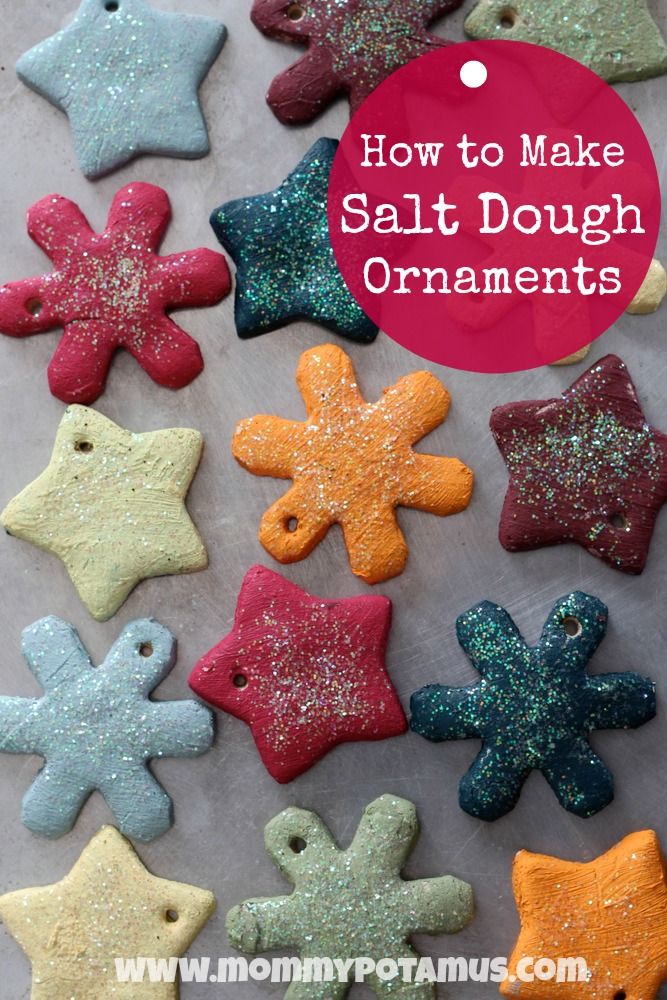 Then the brooch should be dried and baked as described above. Cover the brooch with varnish or gold acrylic paint. Glue a special pin on the reverse side.
Then the brooch should be dried and baked as described above. Cover the brooch with varnish or gold acrylic paint. Glue a special pin on the reverse side.
The funniest and most "Russian" brooches made based on wedding cakes.
By the way, they are no more than 40mm in size (honestly!)
By the way
Wrap the ends of the bundle with waxed cord, secure with glue. Attach metal “bells” for jewelry and a few beads to the ends of the workpiece. Complete the beads with a brooch made using the technology of "imprinted" beads. And collect simple bracelets from birds or “chocolate” balls with your children.
I like these very much - they are made with bast. Beads on ribbons became very popular a few years ago, so here are the same ribbons, but made of natural material))) Some are dyed with gold.
this tone is most consistent with the sensations of this material.
It's up to you how to relate to these works, but I have achieved my goal - the possibilities of material and style are revealed, if not fully, then mostly well.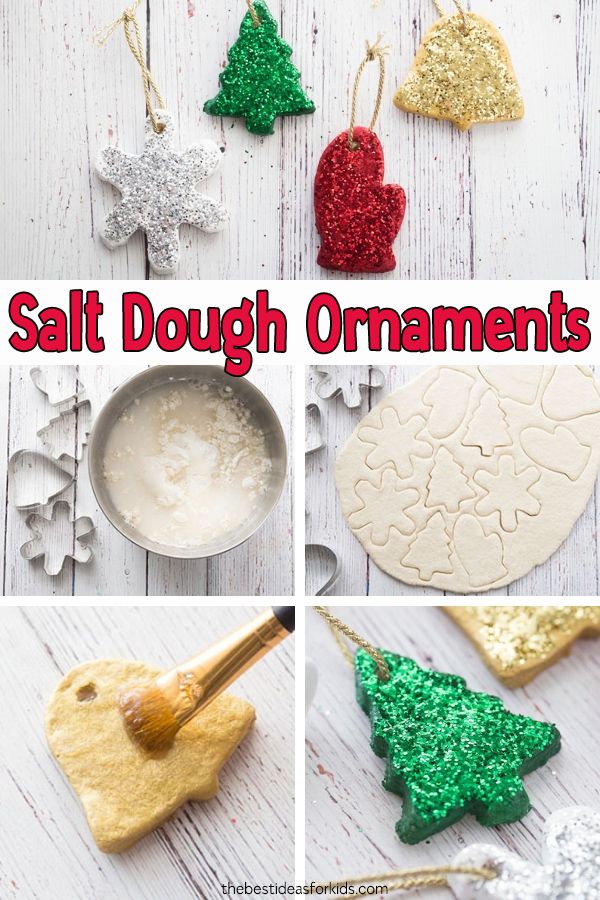 It is very pleasant that this noble material - bread - in some cases can sound like no less noble ceramics (beads with imprints) or wood (multi-row beads).
It is very pleasant that this noble material - bread - in some cases can sound like no less noble ceramics (beads with imprints) or wood (multi-row beads).
How to make your own salt dough decorations
- November 12, 2018
- Miscellaneous
- Svetlana Funtova
Salt dough modeling is a very exciting activity for both adults and children. The material is easy to make on your own, it is absolutely safe for children, plastic, and crafts are very durable and original. In the article, we will consider how to make decorations from salt dough.
How to prepare material for crafts, the nuances of the process
The creative process itself is no different from working with any other materials - plasticine, polymer clay, and so on. The advantages of the test are that it has high plasticity, does not stain hands and surrounding objects, and allows more complex work to be carried out.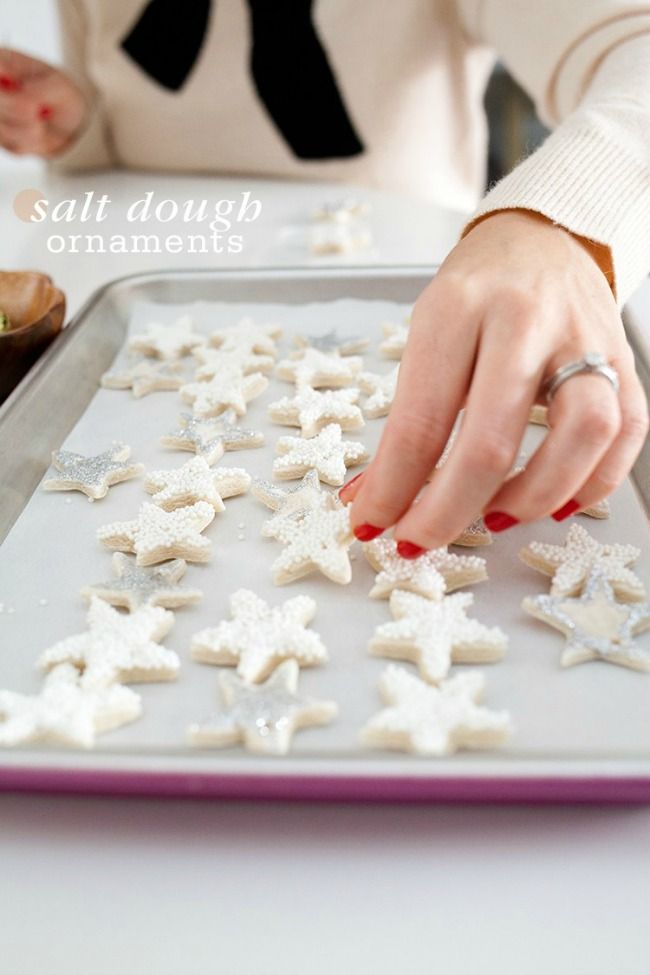 Subject to all the rules of drying, it becomes durable and stored for a long time. The most interesting thing is that the material can be used not only for making toys, salt dough is perfect for decorating a loaf, for example.
Subject to all the rules of drying, it becomes durable and stored for a long time. The most interesting thing is that the material can be used not only for making toys, salt dough is perfect for decorating a loaf, for example.
So that the mass does not stick to hands and tools, does not dry out and does not crack, it is necessary to follow the manufacturing technology and take into account some nuances:
Salt Dough Decoration Dough Recipe:
- Mix dry ingredients - 1.5 cups flour, 1 cup salt and 2 tbsp. l. any water-soluble wallpaper adhesive.
- Pour in 0.5 cups of water and knead the dough thoroughly.
For a more plastic salty dough to decorate the loaf, the recipe would look like this:
- Mix 1 cup each of salt and flour.

- Add 0.5 cup water and 2 tbsp. l sunflower oil.
Tools for work
Salt dough decoration requires the use of certain tools and materials.
Each of them can be found among kitchen utensils, stationery, home crafts:
- Dough rolling pin, if it is not available or it is too massive, you can replace it with a glass bottle.
- Plain or shaped knife for cutting dough. To protect the child, he can be given a plastic knife from a plasticine set.
- Modeling board.
- Paints for coloring finished products, here you can use watercolor, gouache or acrylic.
- Water based top coat. Best used in aerosol cans. In addition to the standard varnish, it is recommended to use sprays with sparkles, mother-of-pearl, and so on as a supplement.
- A glass of water and a set of brushes for decorating crafts.
- Biscuit molds.
- A variety of needlework accessories (knitting needles, brushes, hooks, buttons, lace), which add texture and volume to products.

It is advisable to prepare an apron and sleeves so as not to get dirty during decoration. They wipe their hands with napkins and rags during work and soak the brushes, they should always be at hand.
How to dry clothes correctly?
Not only do you need to know how to make salt dough crafts, but also how to process them afterwards.
Proper drying of the dough is the key to long-term storage of the finished product. You can do it in several ways:
- Drying in a heated oven. Depending on the thickness of the product, the temperature is set from 50°C to 80°C. The molded craft is placed on a baking sheet covered with parchment paper and placed in a heated oven for one hour. If the item is large, it may take longer. Then the oven is turned off and the crafts are left in it until completely cooled.
- Drying in a cold oven. It takes place according to the same scheme as in the method described above, only the product is placed in a cold oven, and then the heating is turned on.
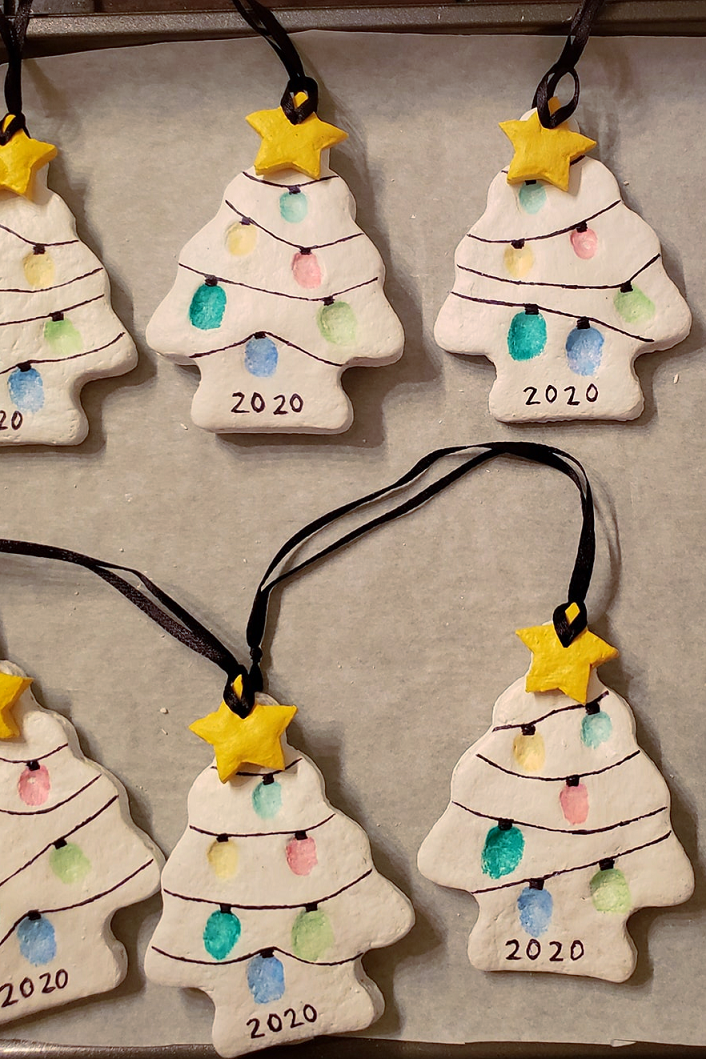
- The best and longest drying time is outdoors. Crafts dried in this way become very durable due to uniform and gradual weathering. However, it is suitable mainly for small and flat products.
Do not dry the figurines on a radiator or with electrical appliances. Products treated in this way often crack or remain raw inside, which leads to damage to the jewelry.
Painting and varnishing crafts
Color pigments can be added to the dough during preparation. Coloring the finished craft combines two types of creativity at once: modeling and drawing.
Water soluble paints are best. Acrylic dyes deserve special attention. From the first time they paint with a dense uniform layer, have a wide range of colors, dry quickly and are easy to use. Familiar watercolor covers with a translucent tone, which makes it possible to layer the palette and create a three-dimensional pattern. The product, lubricated with a layer of PVA glue, allows you to get a base layer for opaque, durable staining.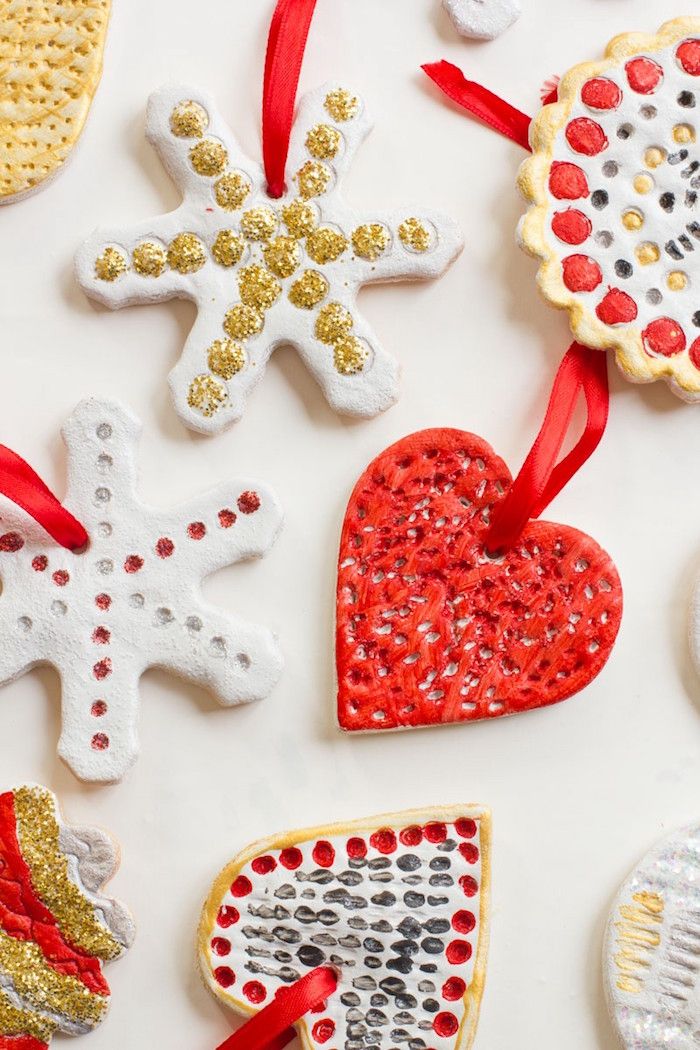
Salt dough embellishments have good pigment retention properties without a protective coating. If the finished item is planned to be used in everyday life, for example, a vase, a box, dolls, chess pieces, then frequent touches can wear out the paint. In this case, varnishing is mandatory. In addition, glossy sheen often makes the product especially beautiful.
Best applied with an aerosol can outdoors or in a ventilated area. If necessary, you can apply several layers, drying each well.
Dough pendant
This decoration is quite easy to make. The dough is rolled out into a layer, a base is cut out of it using a cookie cutter. A hole is cut with a pen or knife for threading the lace. You can decorate the future pendant with any items at hand: cut along the edges, stick geometric figures, attach lace, which will leave a beautiful pattern, etc. Then the product is sent to dry.
After drying, decorate and color the product. The effect of antiquity is given by light touches with a sponge with fresh paint. Then the pendant is varnished, dried again and the cord is threaded. A beautiful handmade product is ready.
Then the pendant is varnished, dried again and the cord is threaded. A beautiful handmade product is ready.
Beads and bracelets
Beads and bracelets are made using the same technique. First of all, you need to make beads. You can make them in a standard round shape by rolling a ball and stringing it on a toothpick. Or get creative and make square, triangular, flat and voluminous parts. Each bead is pierced with a skewer, stuck into a soft base and dried in this form.
To make the decorations more original, you can sculpt animal figurines, symbols or zodiac signs. In addition, the same pendants on the beads and bracelet will combine them into one set. Then each detail is carefully painted over inside and out, dried and varnished. If these are evening decorations, you can use glitter and mother-of-pearl.
The final step is threading. The beads are strung on a bunch, following a certain sequence, and the clasp is fastened. Decorations are ready.
Christmas decorations from dough
Even a child can make Christmas decorations from salt dough.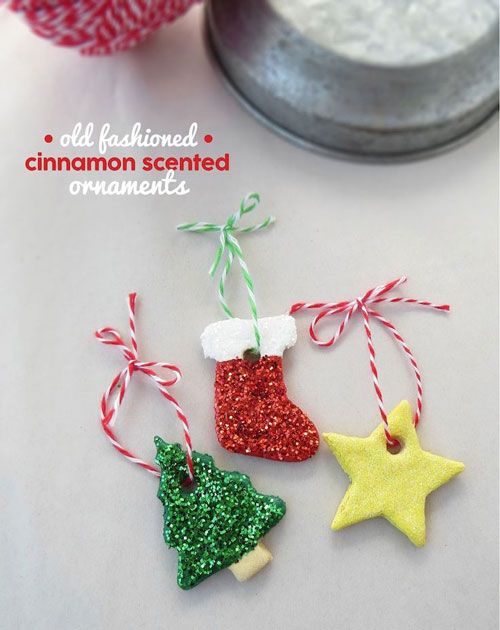 The dough is rolled out and figures are cut out of it (herringbone, mitten, heart, etc.), a hole is made for the tape and dried. Then they paint it and send it back to air. New Year's toys, covered with a spray with the effect of snow, small confetti and sparkles, look especially festive.
The dough is rolled out and figures are cut out of it (herringbone, mitten, heart, etc.), a hole is made for the tape and dried. Then they paint it and send it back to air. New Year's toys, covered with a spray with the effect of snow, small confetti and sparkles, look especially festive.
Animal figurines or dolls
Small animals or dolls can be made as home decorations from salt dough. Children will especially like this process.
Making three-dimensional figures is a little more difficult, so you can create a joint craft with your parents. If a child wants to make an object on his own, it is better to start with the simplest, for example, a hedgehog or a caterpillar:
- To fashion a hedgehog, roll up a ball and pull out one half a little - this is the future muzzle, a small ball is molded on the tip - a nose. Needles are made with the help of frequent cuts with scissors or halves of toothpicks are stuck thickly.
- To make a caterpillar, you will need several balls connected to each other.
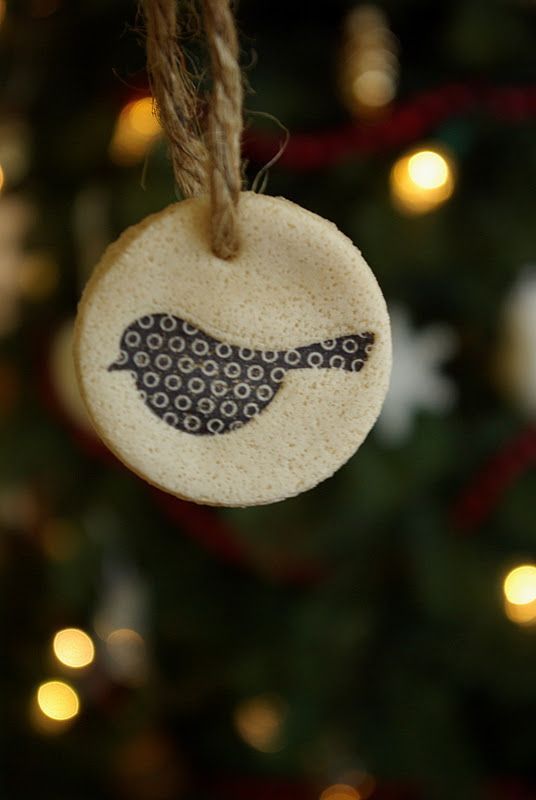 To make the craft look more realistic, you can put the parts on the wire and give the insect a bend. The finished product needs to be painted in different colors.
To make the craft look more realistic, you can put the parts on the wire and give the insect a bend. The finished product needs to be painted in different colors. - There are many ways to fashion a doll. The simplest is a bell-type doll. The rolled out square of dough is folded into a bag, the excess is cut off so that the form stands on the resulting wide part. A ball is attached to an acute angle - this is the head. Then hair is molded - strips of dough cut out in a chaotic manner, and hands are fastened. The doll is ready. You can complement the craft by decorating your head with a wreath or a bow, a dress with flowers or a strap.
Panel pictures
The basis for the panel can be a piece of plywood or thick cardboard, this will solve the problem of what to stick the salt dough decoration on.
The mass is rolled out in a thin layer and glued to the base. Then the details of the future picture are cut out or molded and attached to the resulting layer. The finished picture is carefully dried and painted, then varnished.
The finished picture is carefully dried and painted, then varnished.
Using foil-covered plywood as a basis, the finished and painted product can be easily removed and can be transferred to another material. Suitable, for example, a frame tied with a cloth, a box, glass or plastic.
Loaf
Decorating dishes, such as loaves, will bring special pleasure. The production of salt dough to decorate this product is carried out according to the recipe described above. The classic way is to wind the bundles from the finished material and braid them. You can also fashion flowers and leaves from the dough. The decor is laid out on the top of the loaf and dried in the oven.
Such handicraft, accessible to everyone, allows you to please relatives and friends with an original little thing, develops imagination and perseverance. In addition, the lesson makes it possible to complement any image with beautiful jewelry.
Similar items
Miscellaneous
How to draw a still life: a brief introduction for beginners
Miscellaneous
Fashionable aliens.
